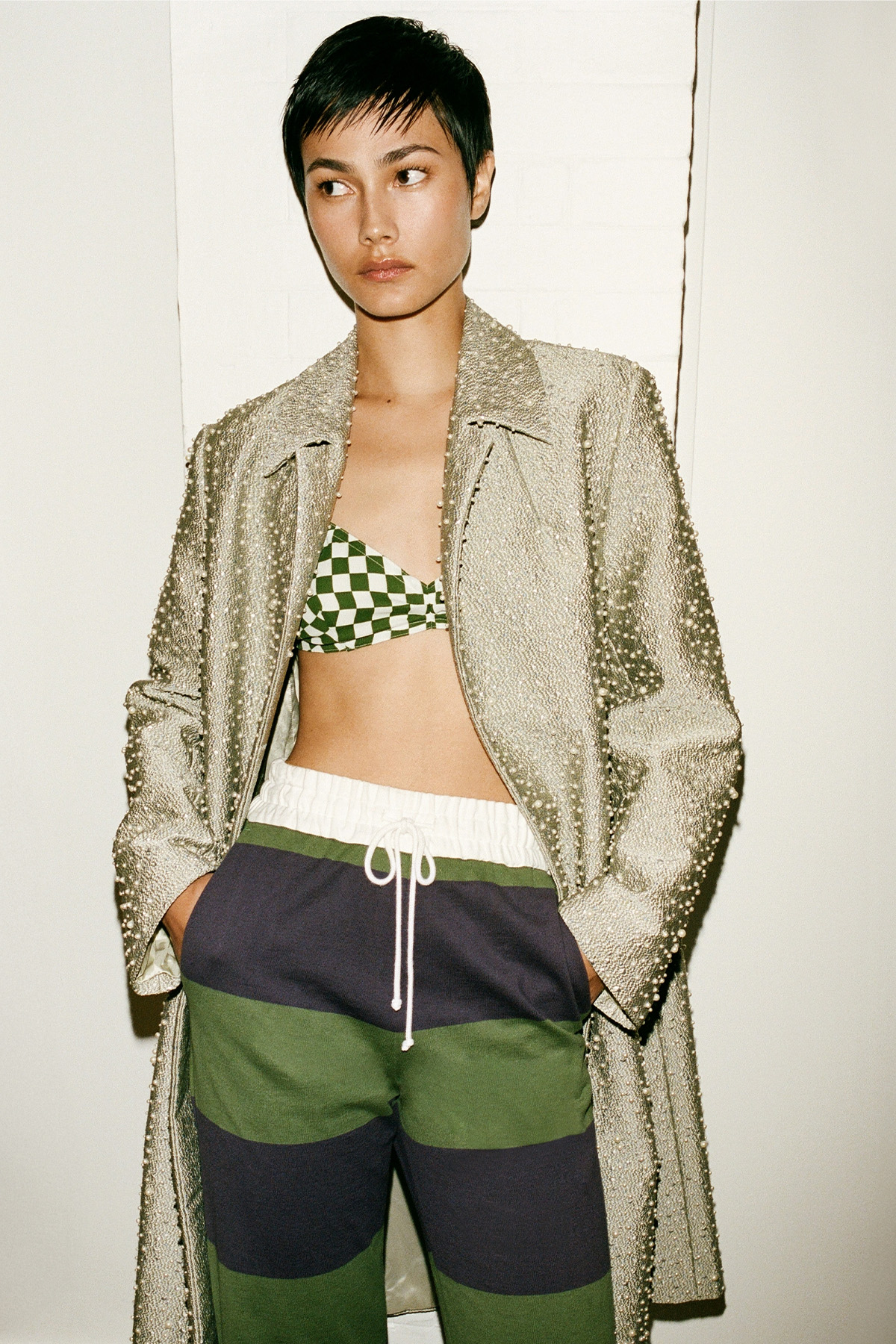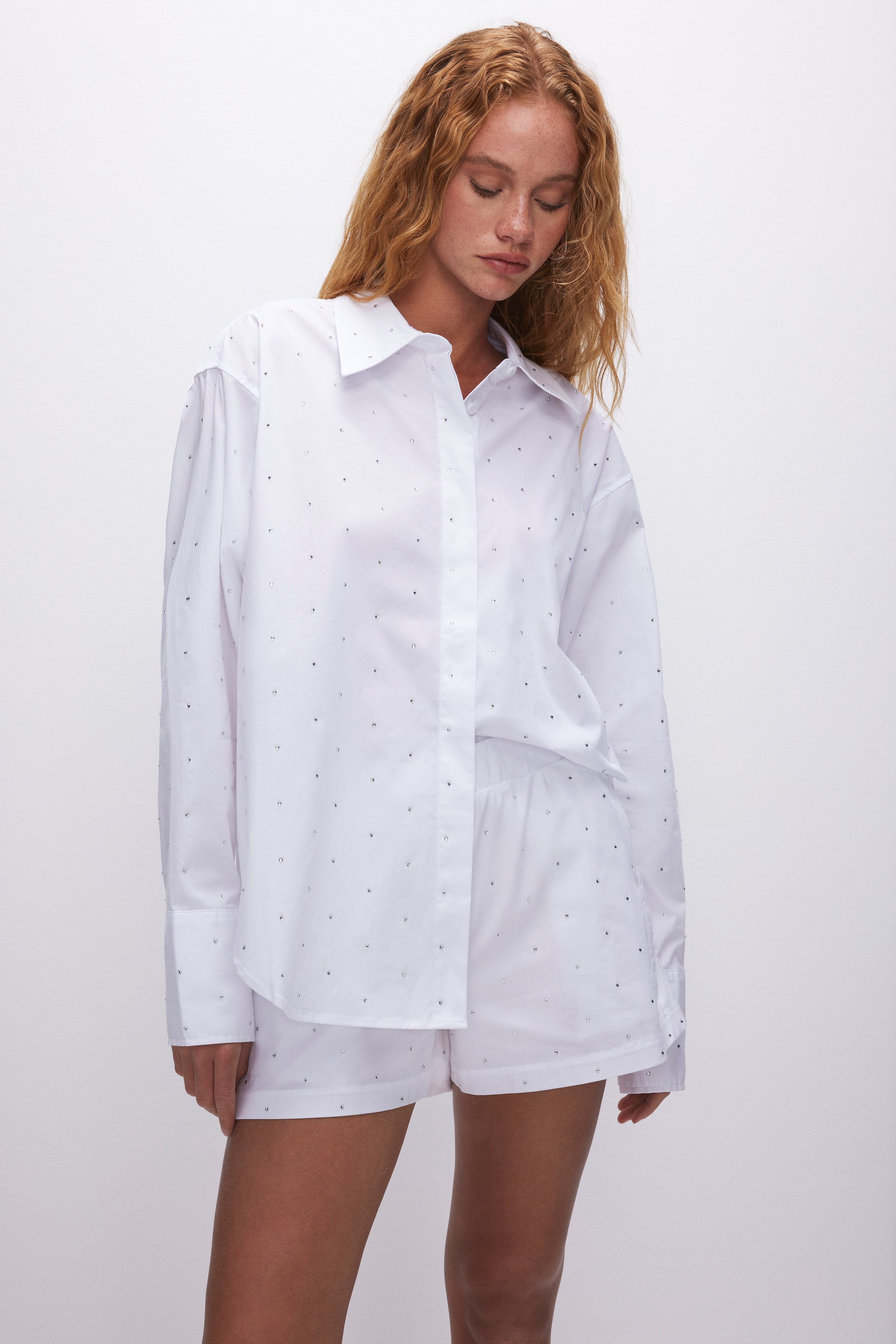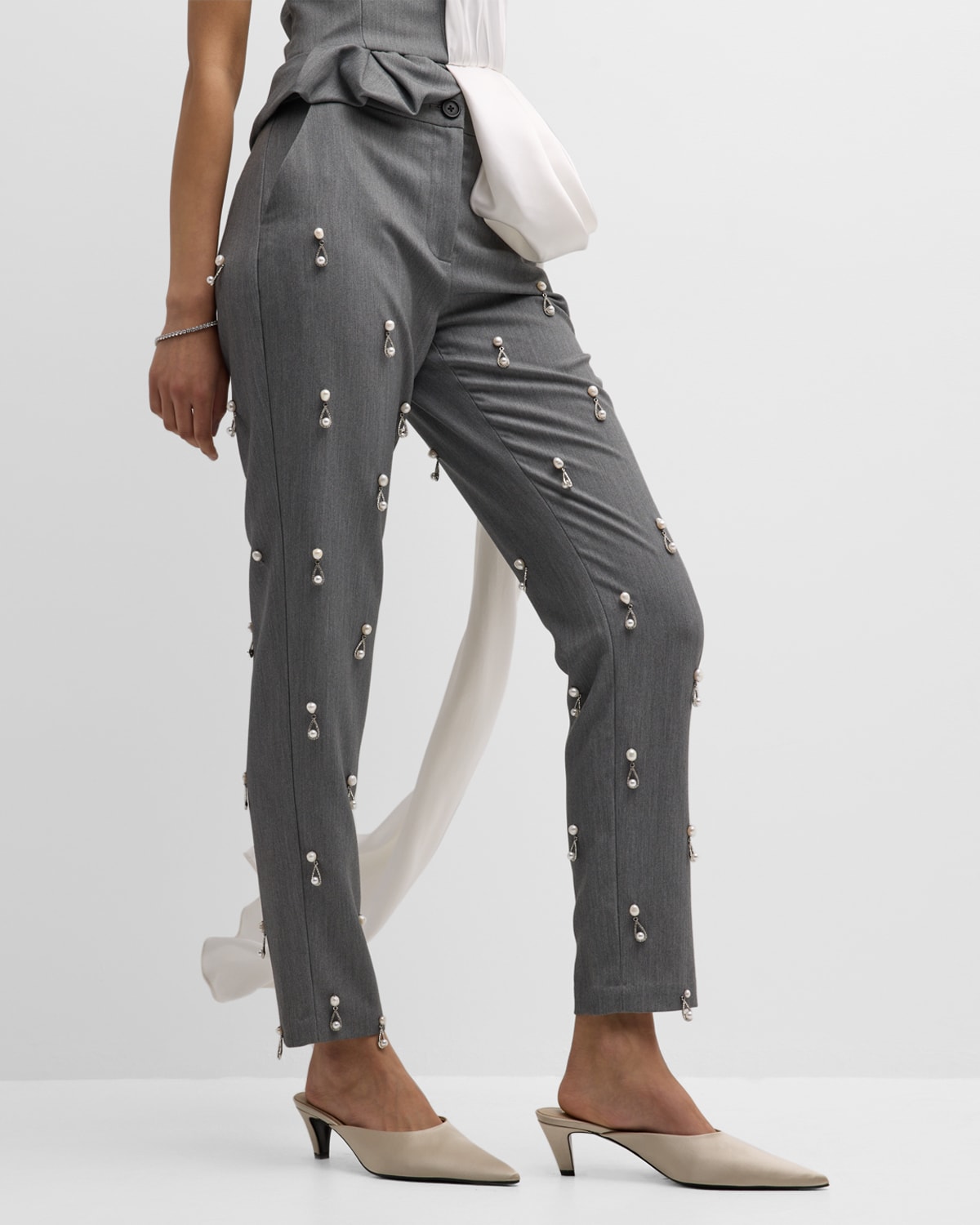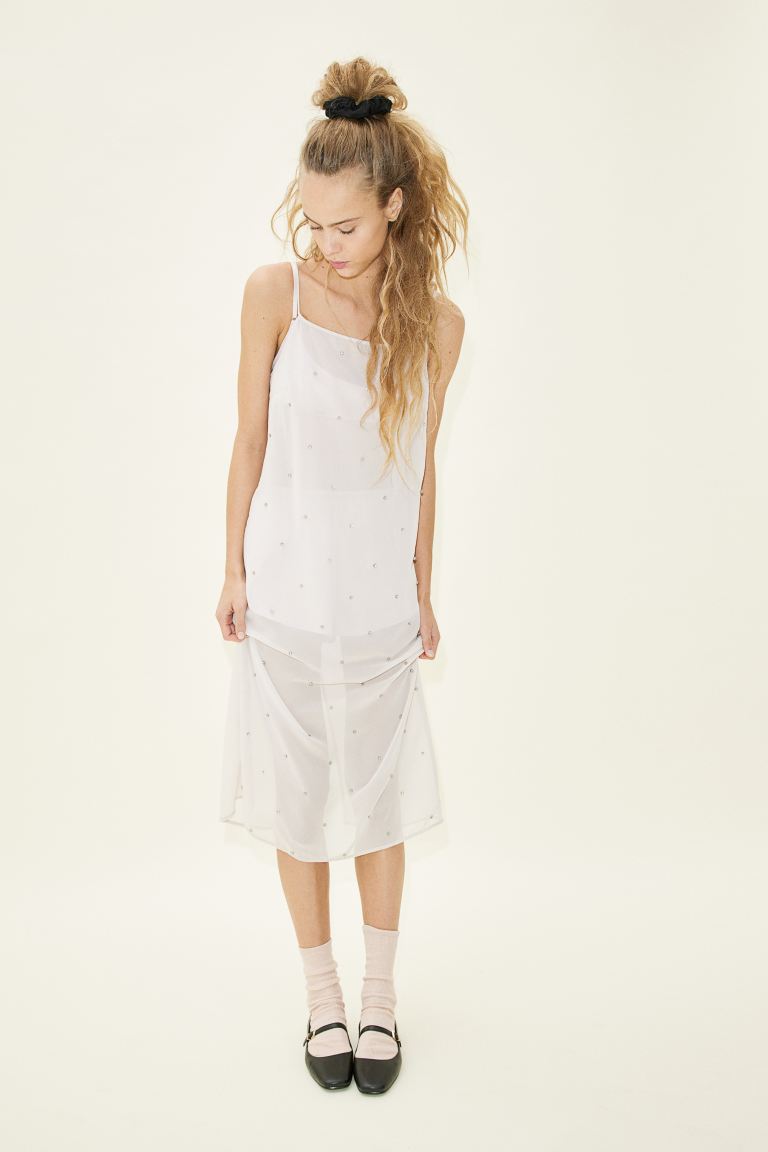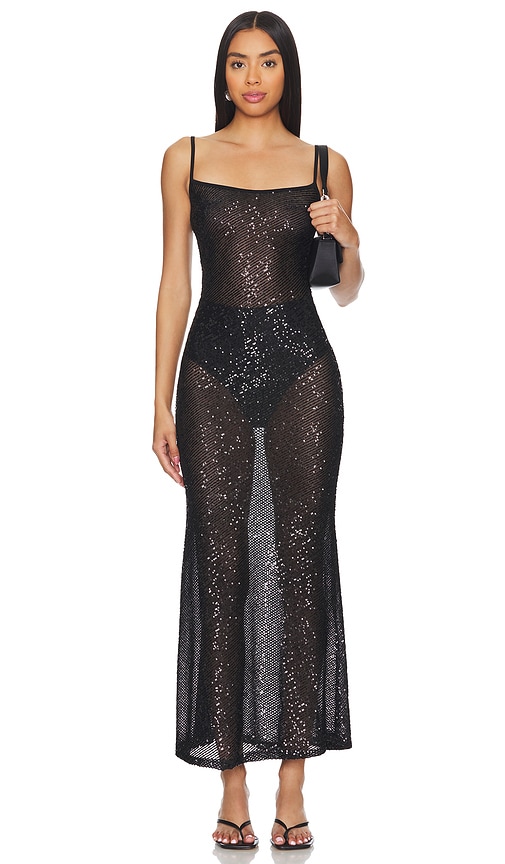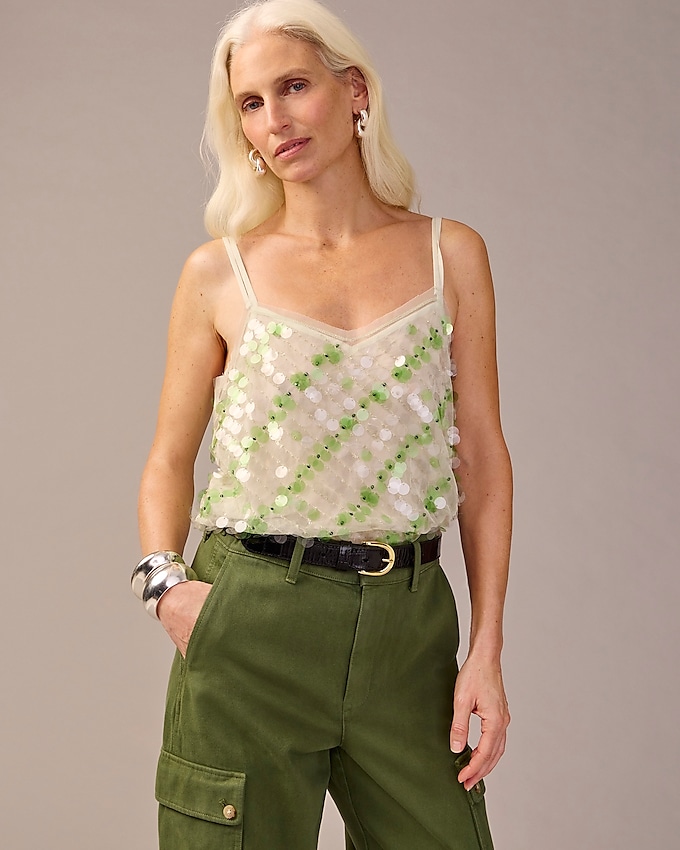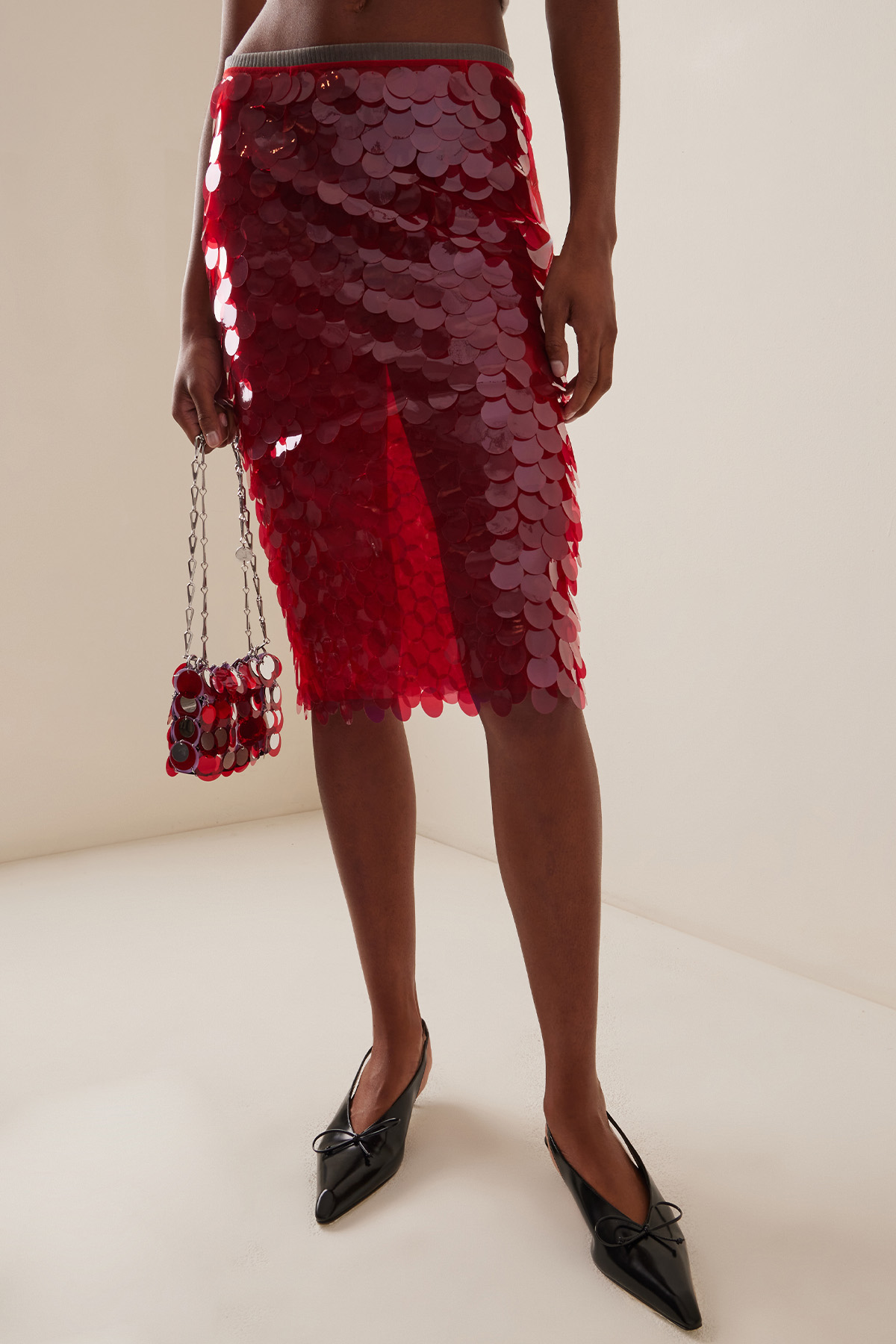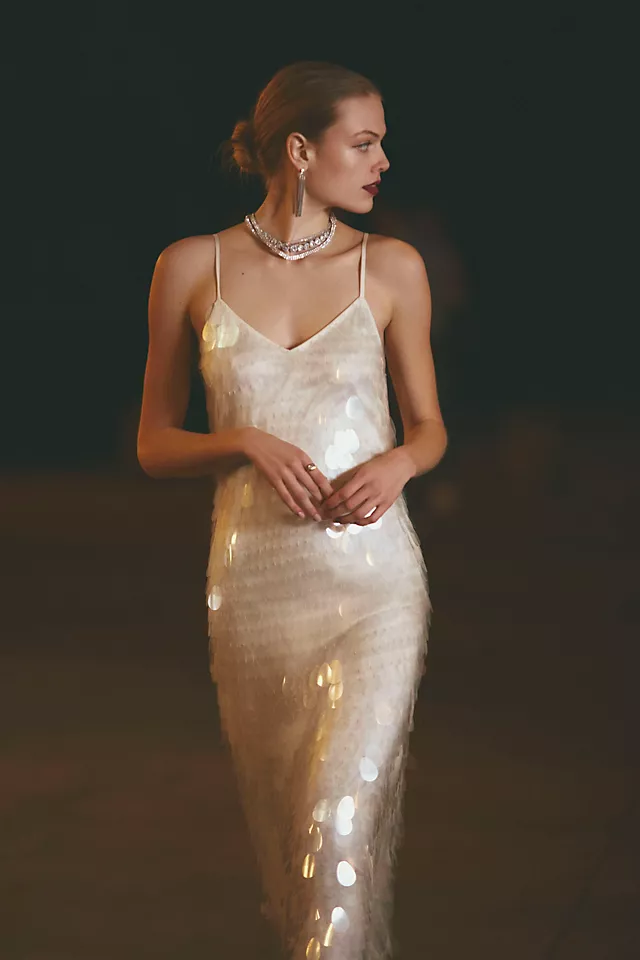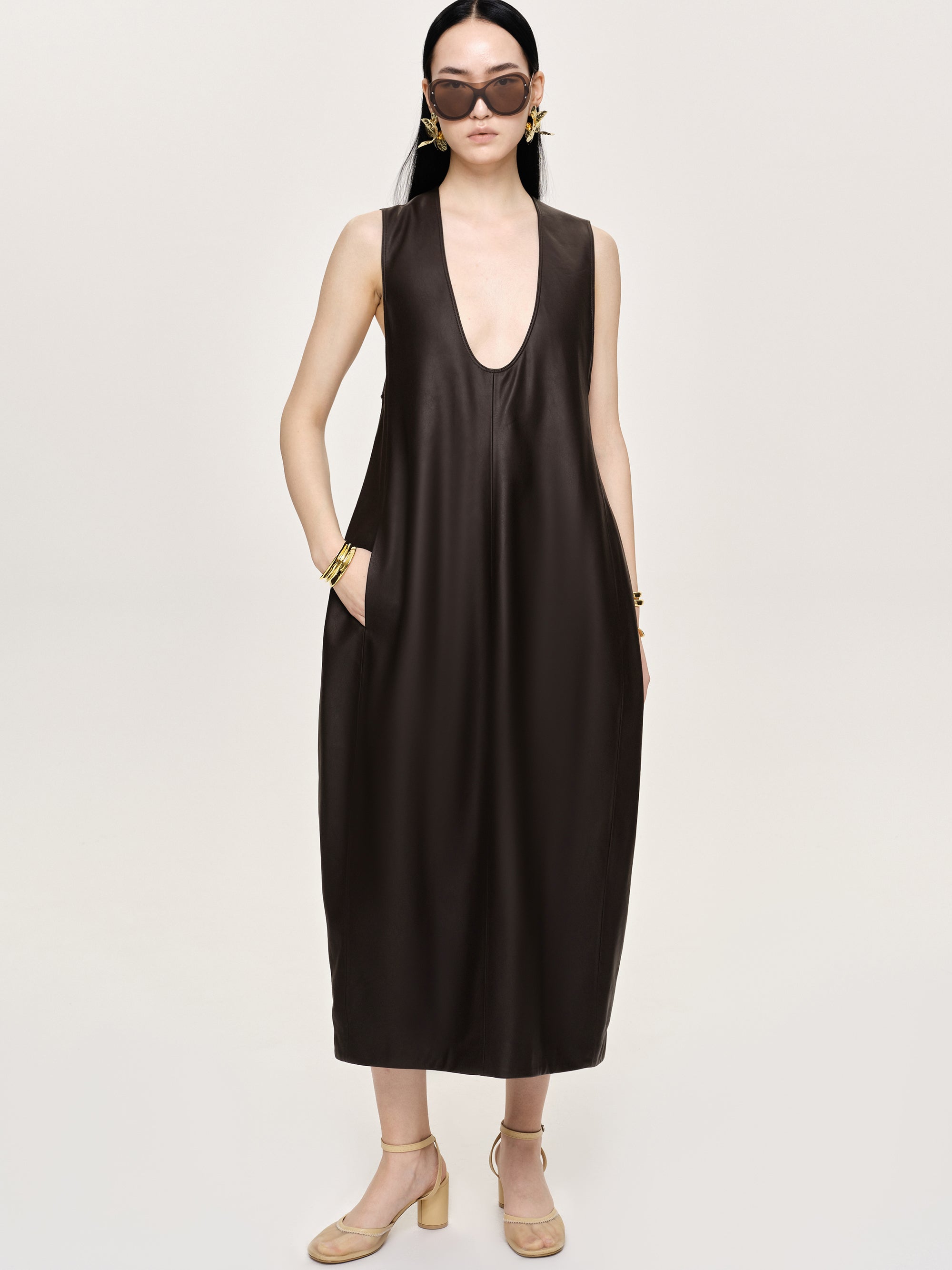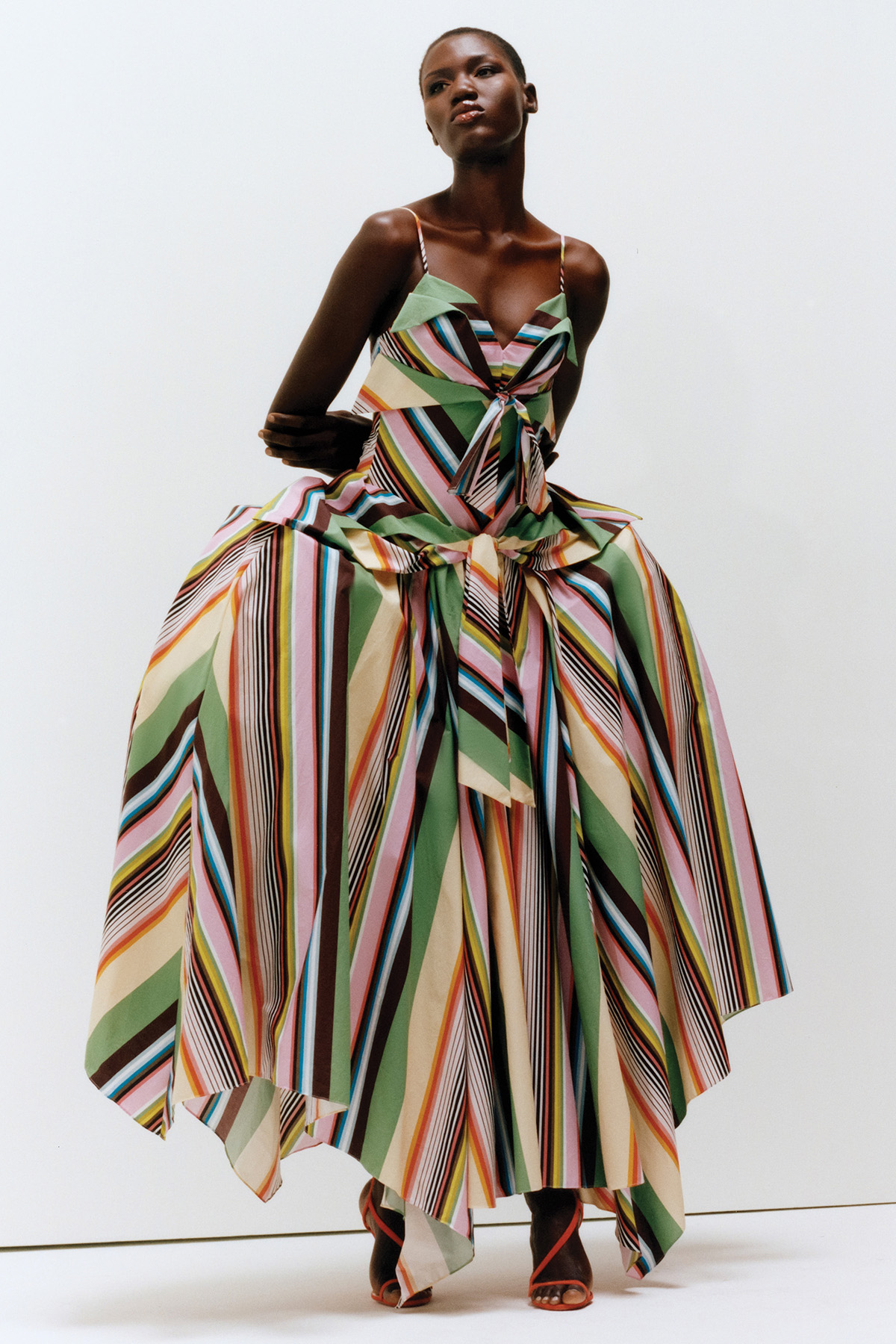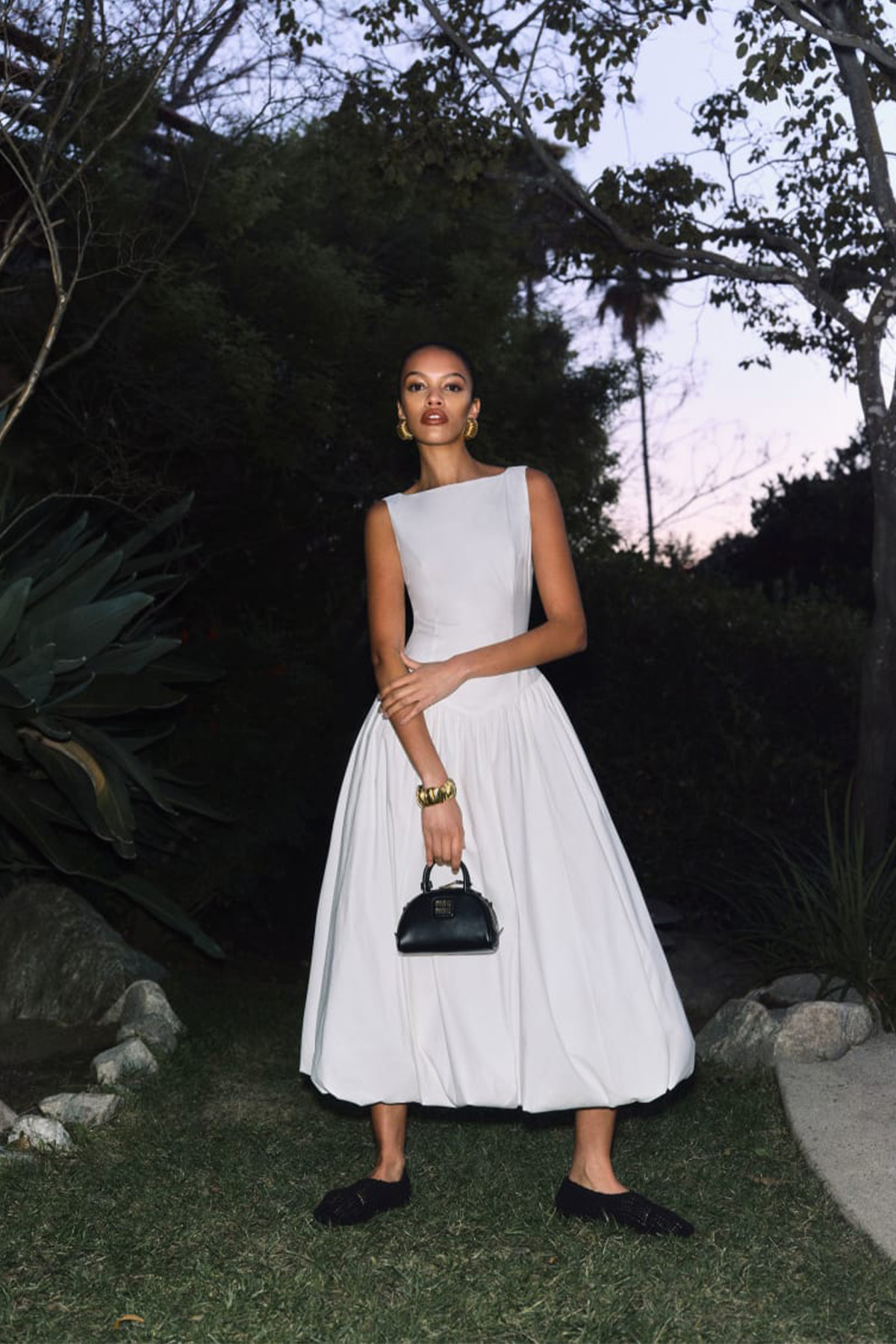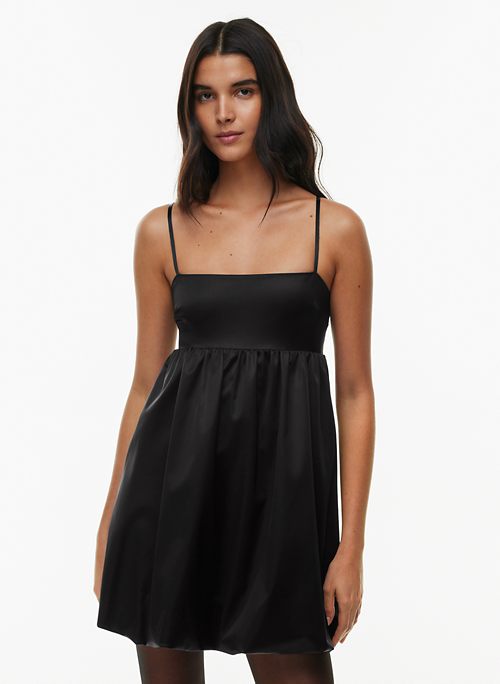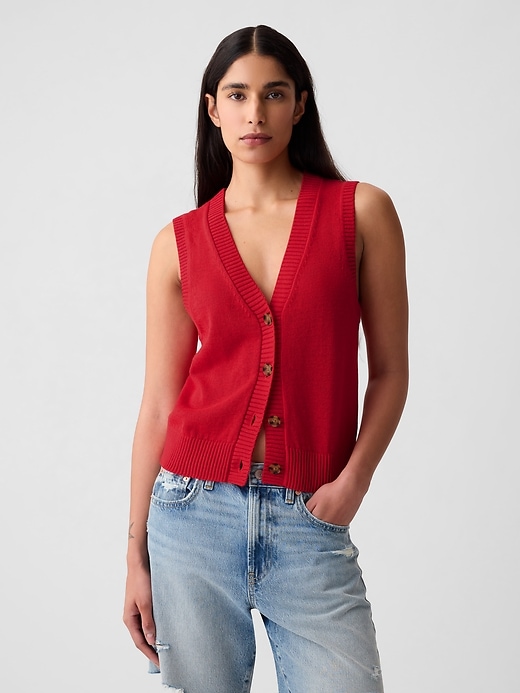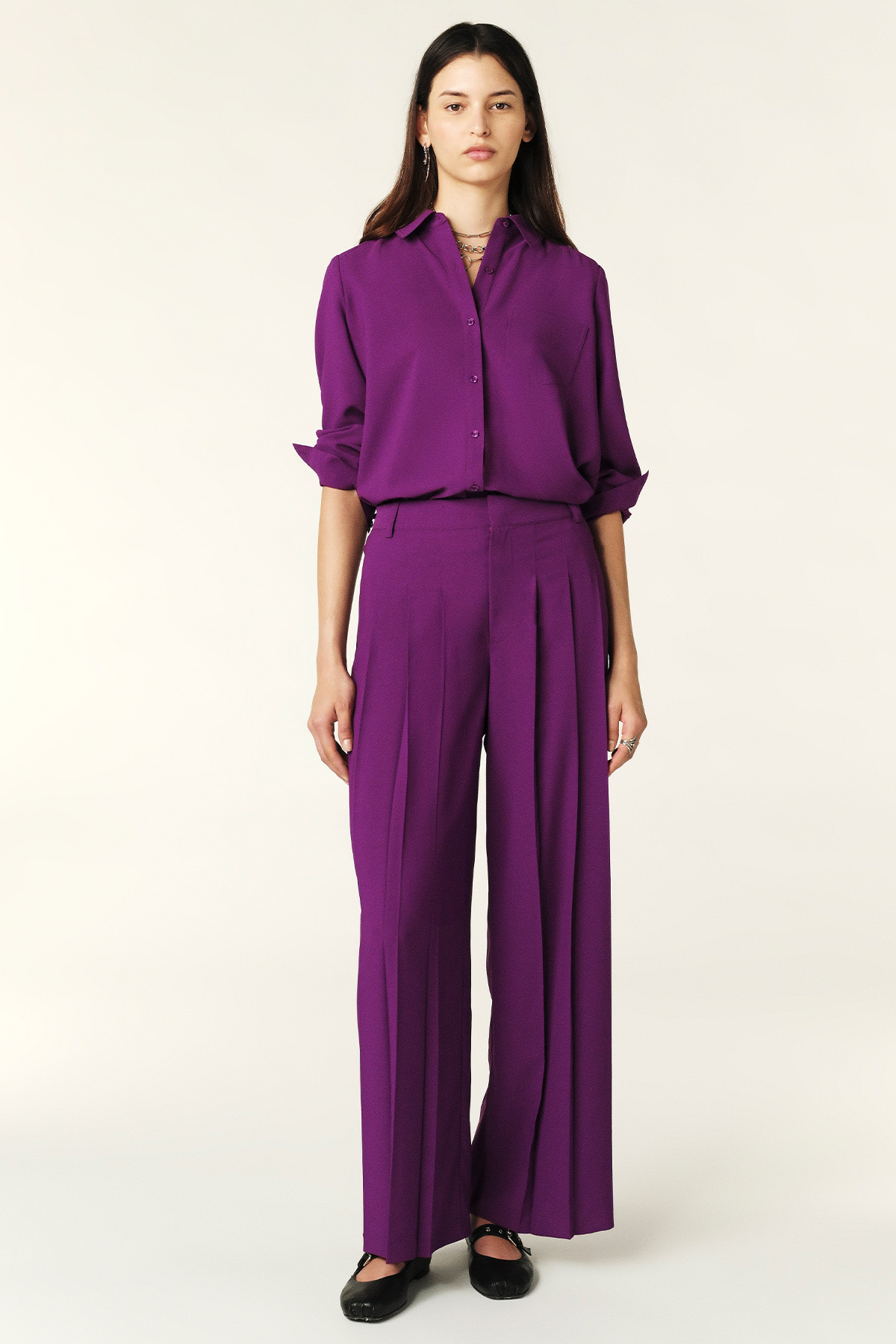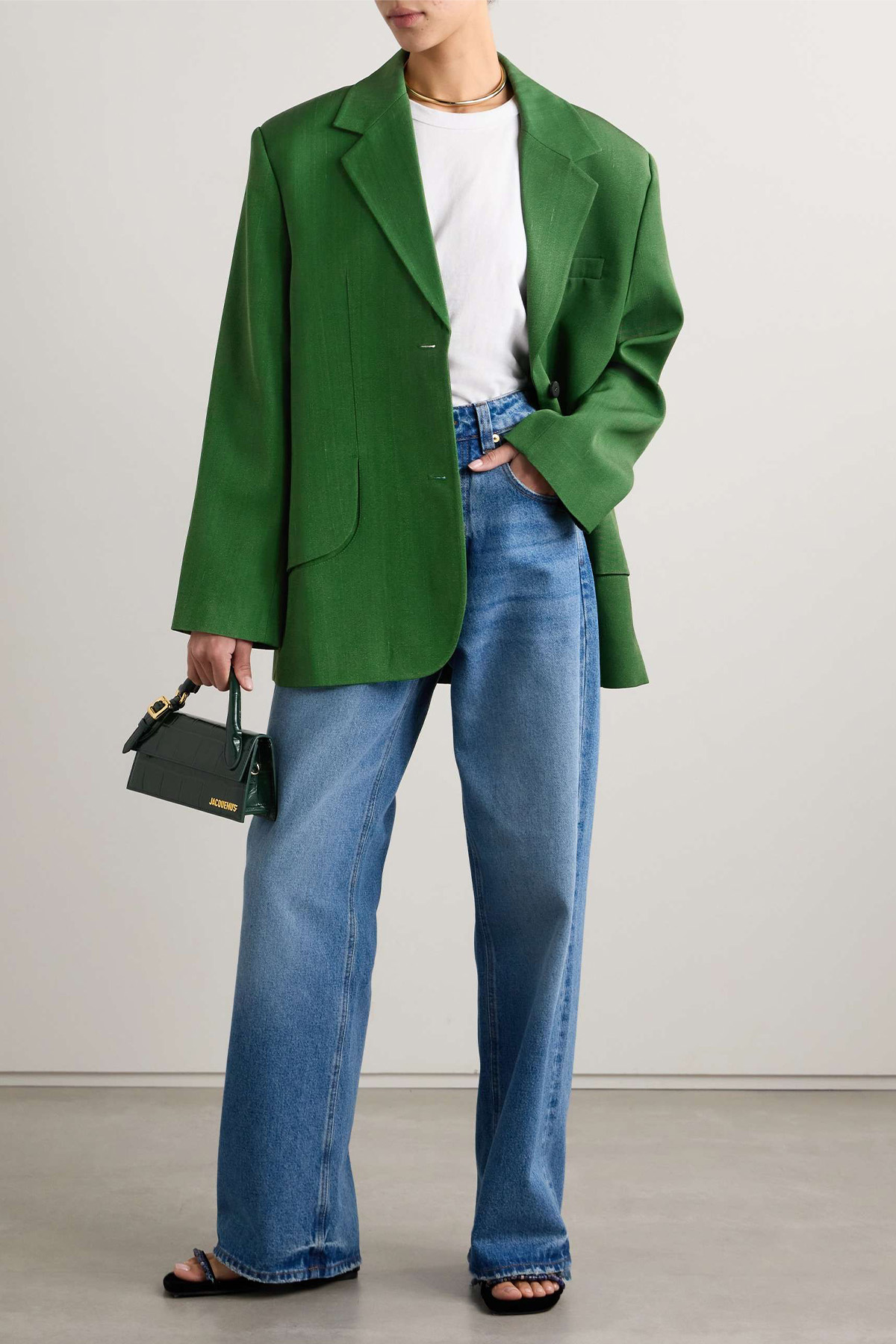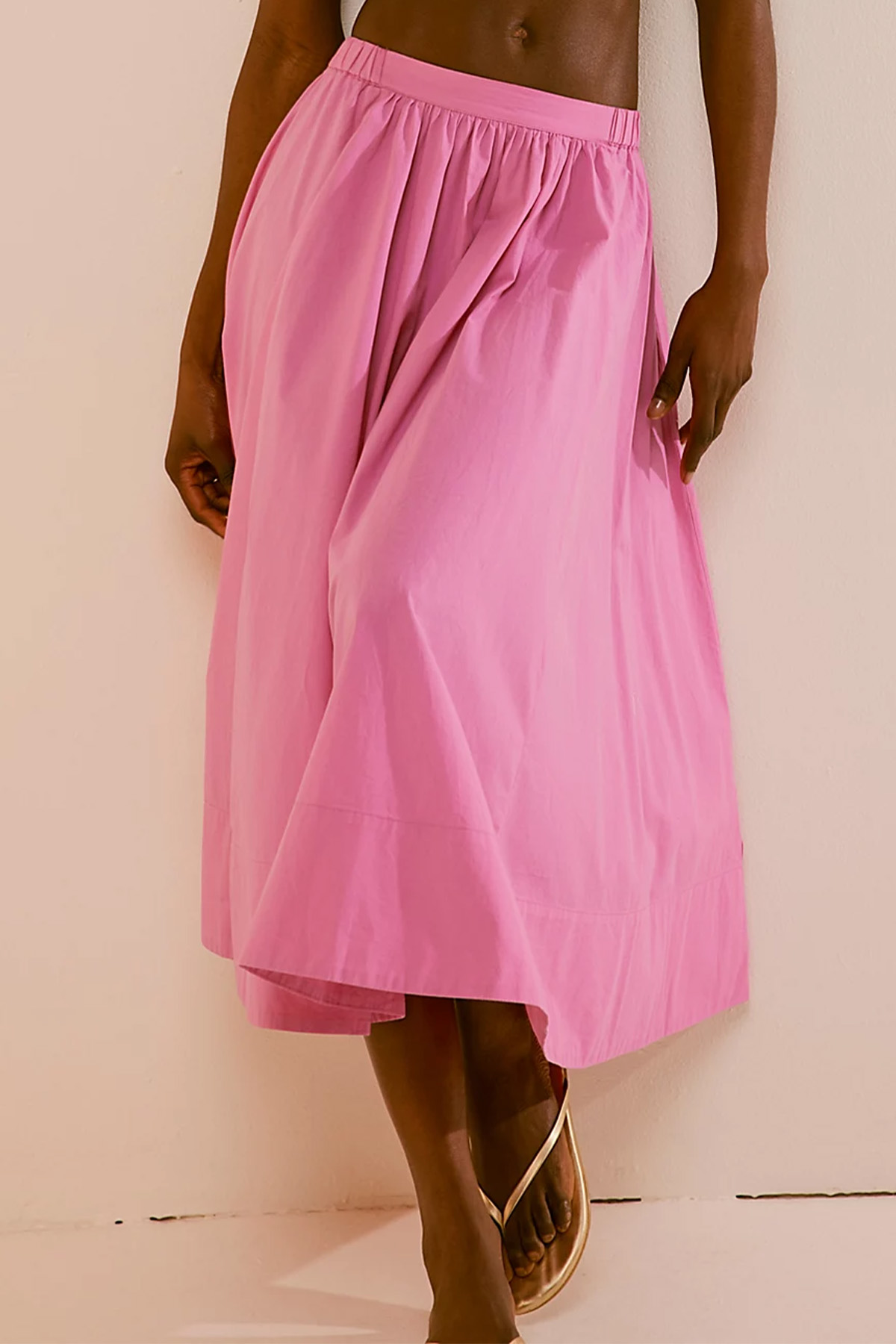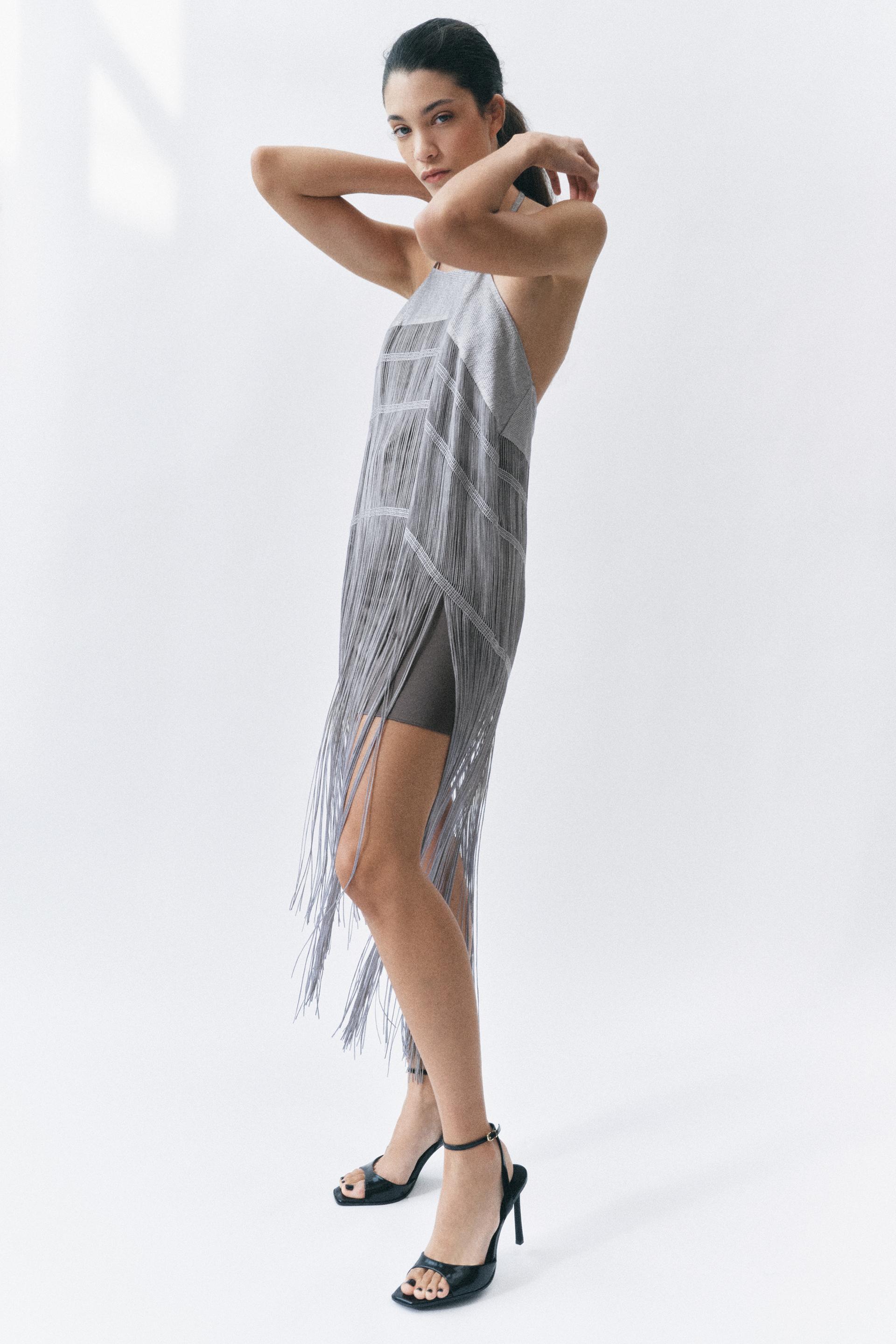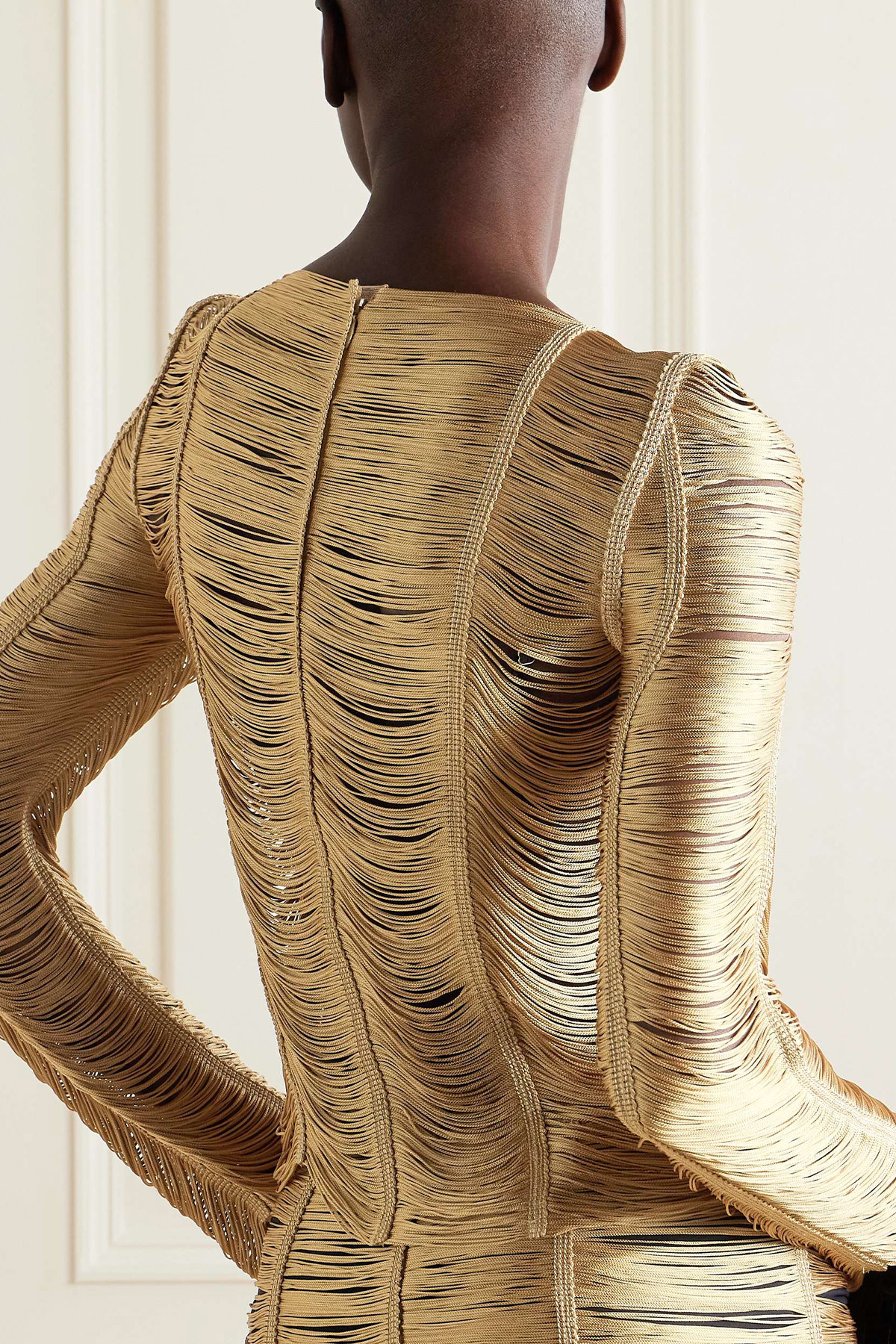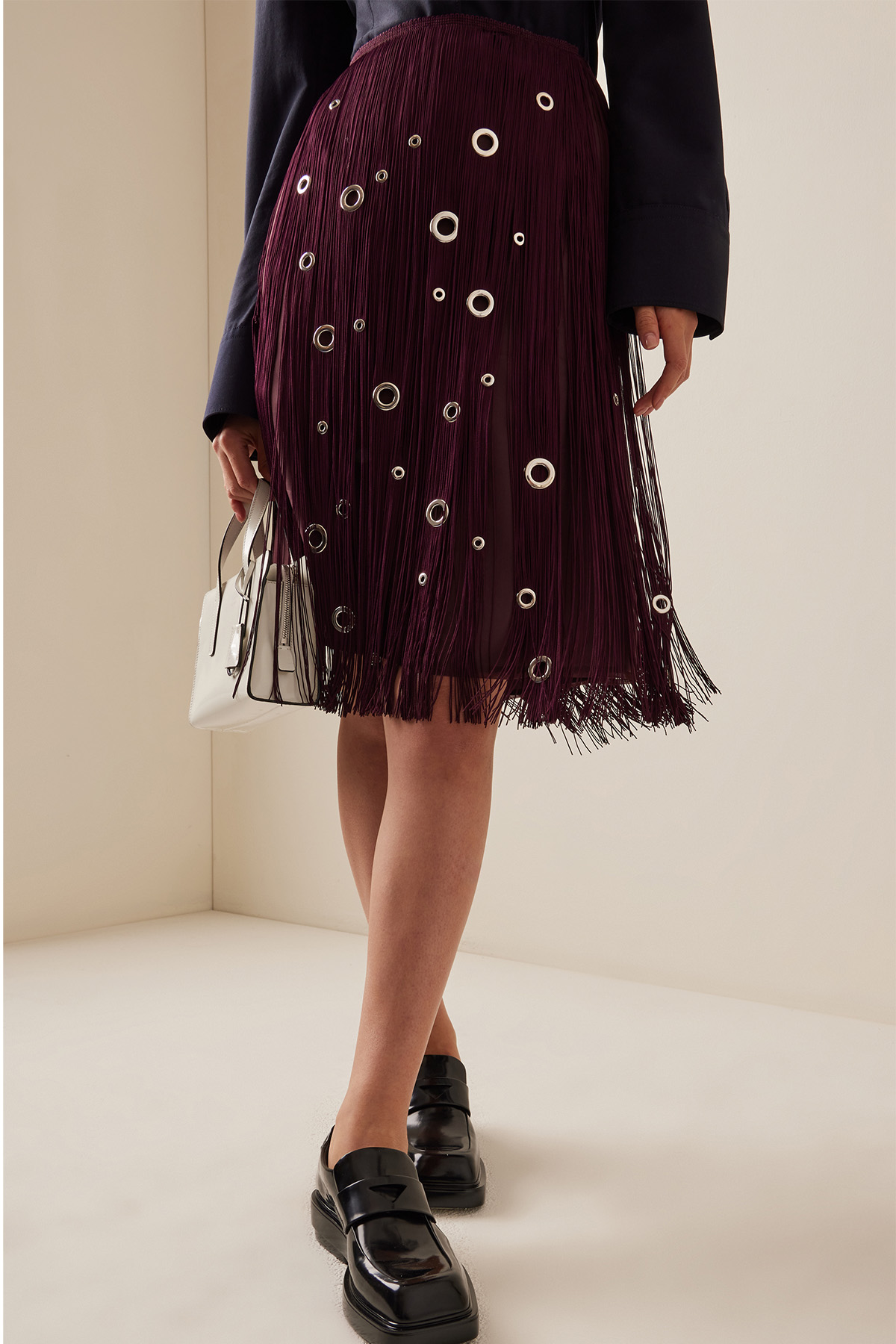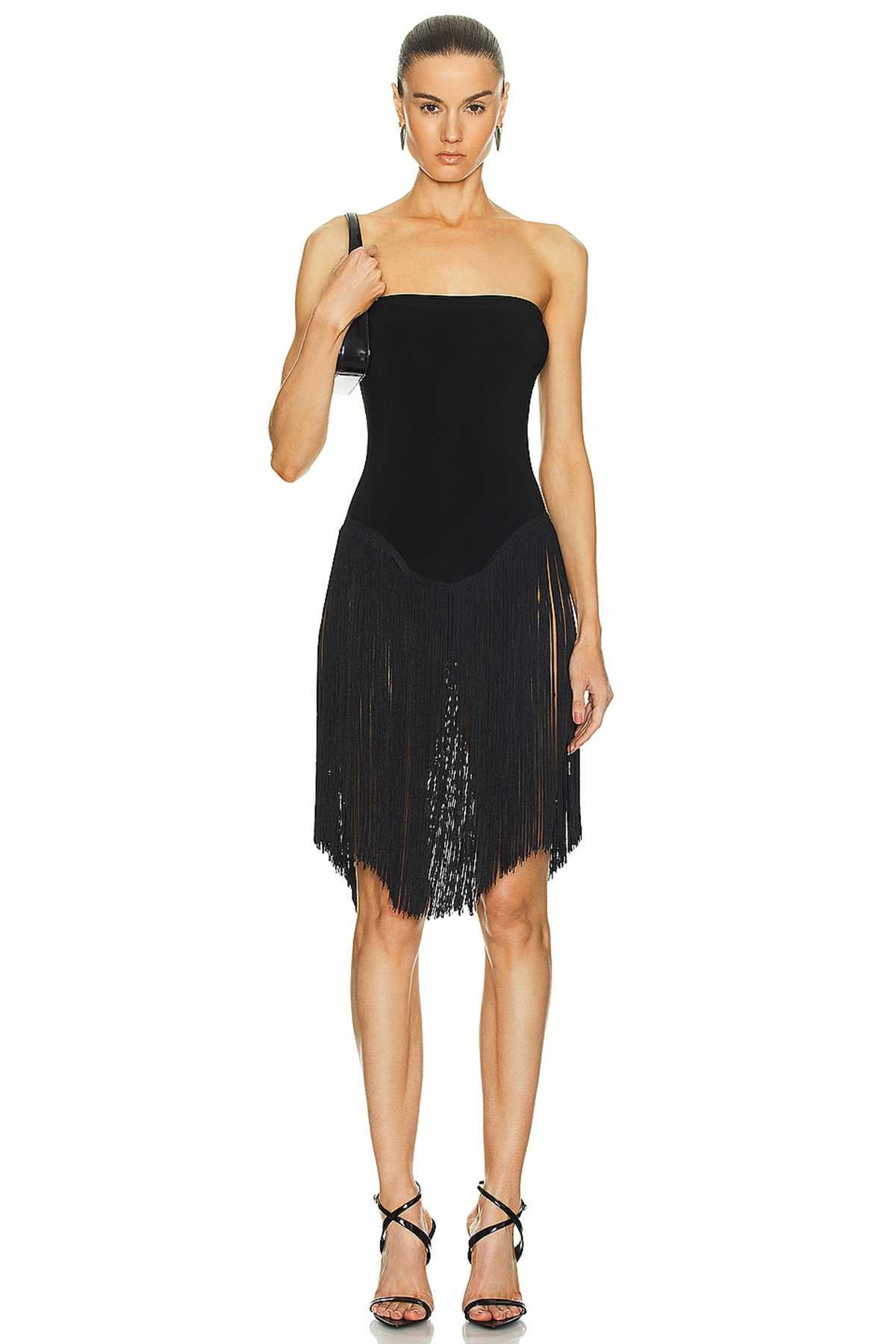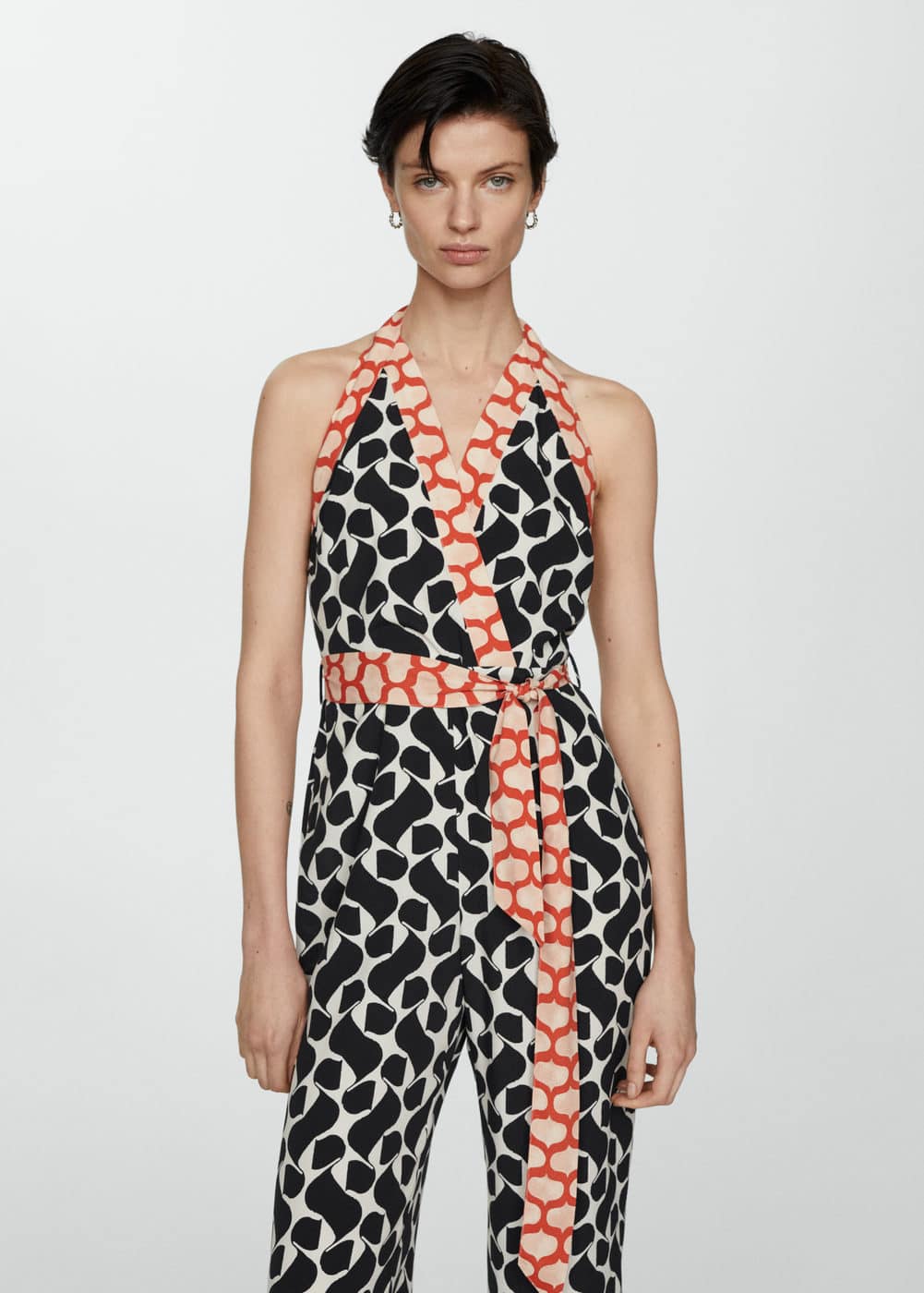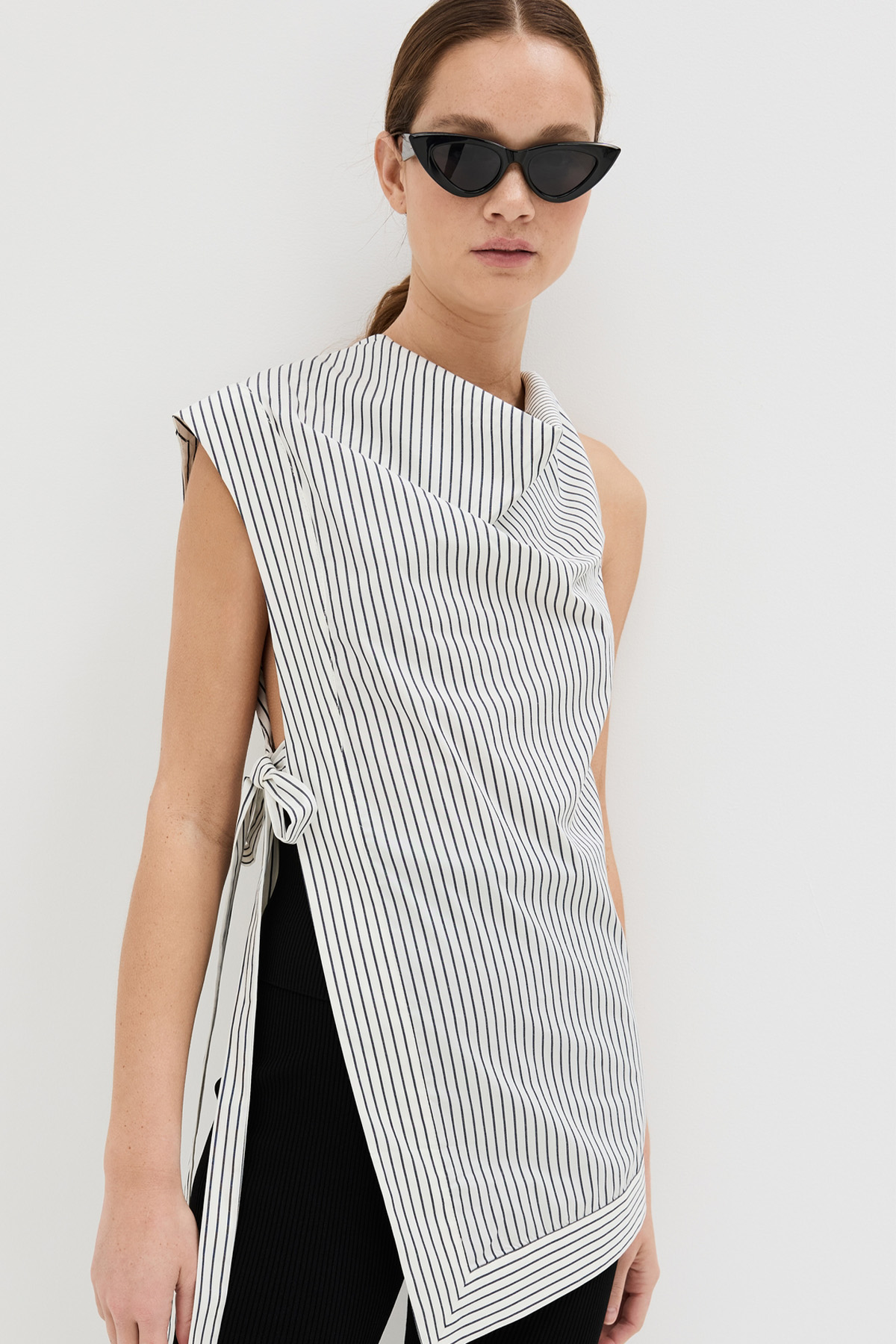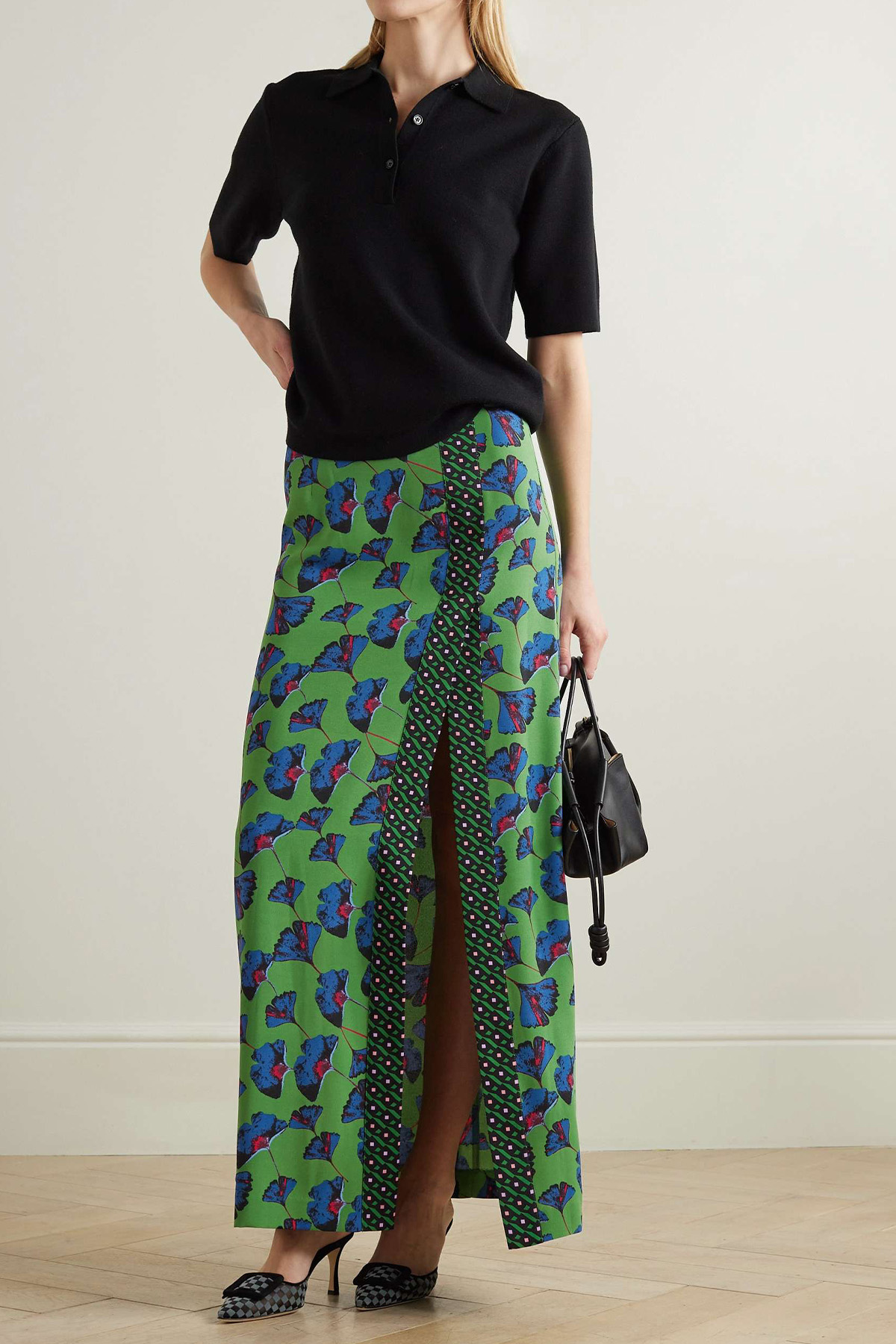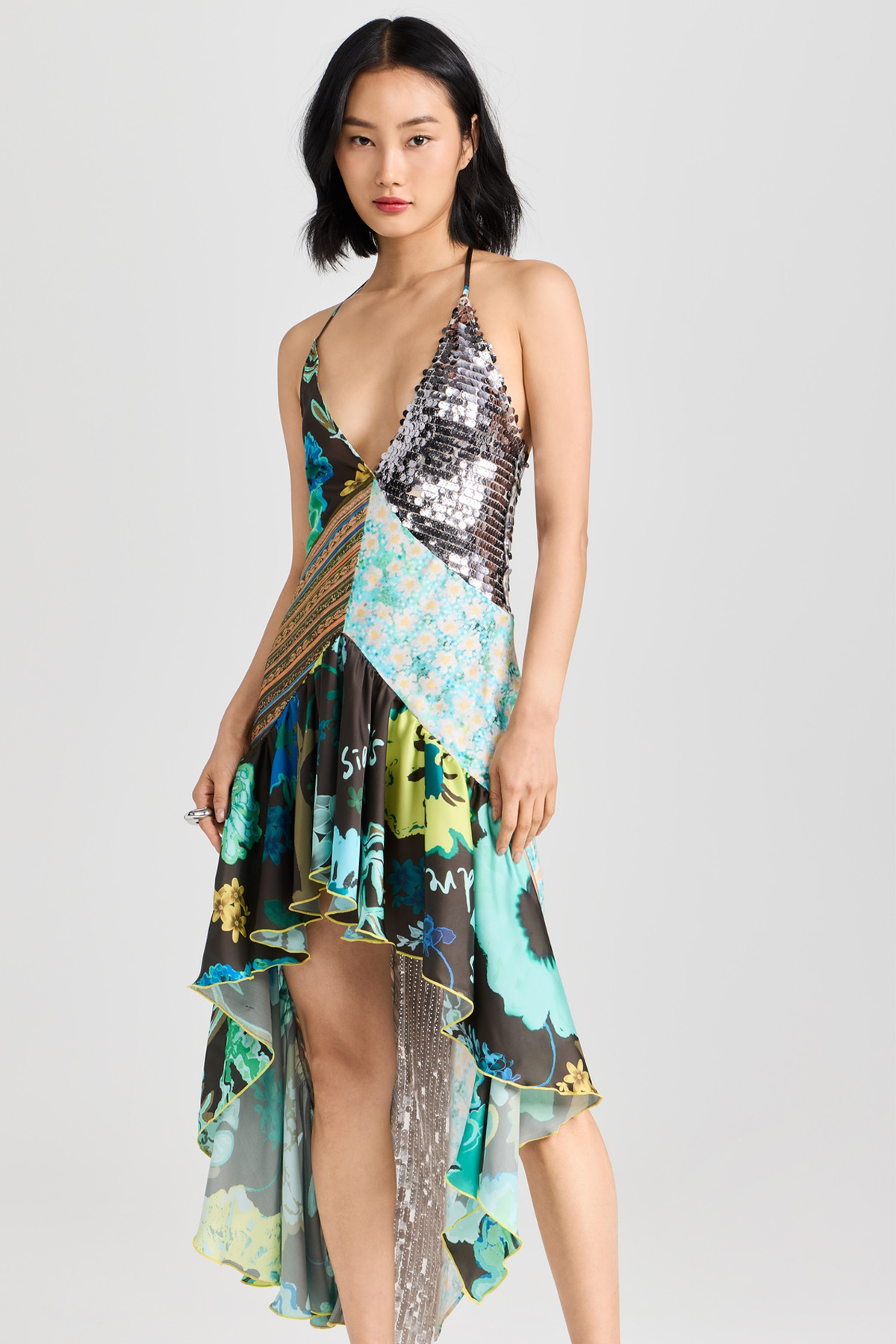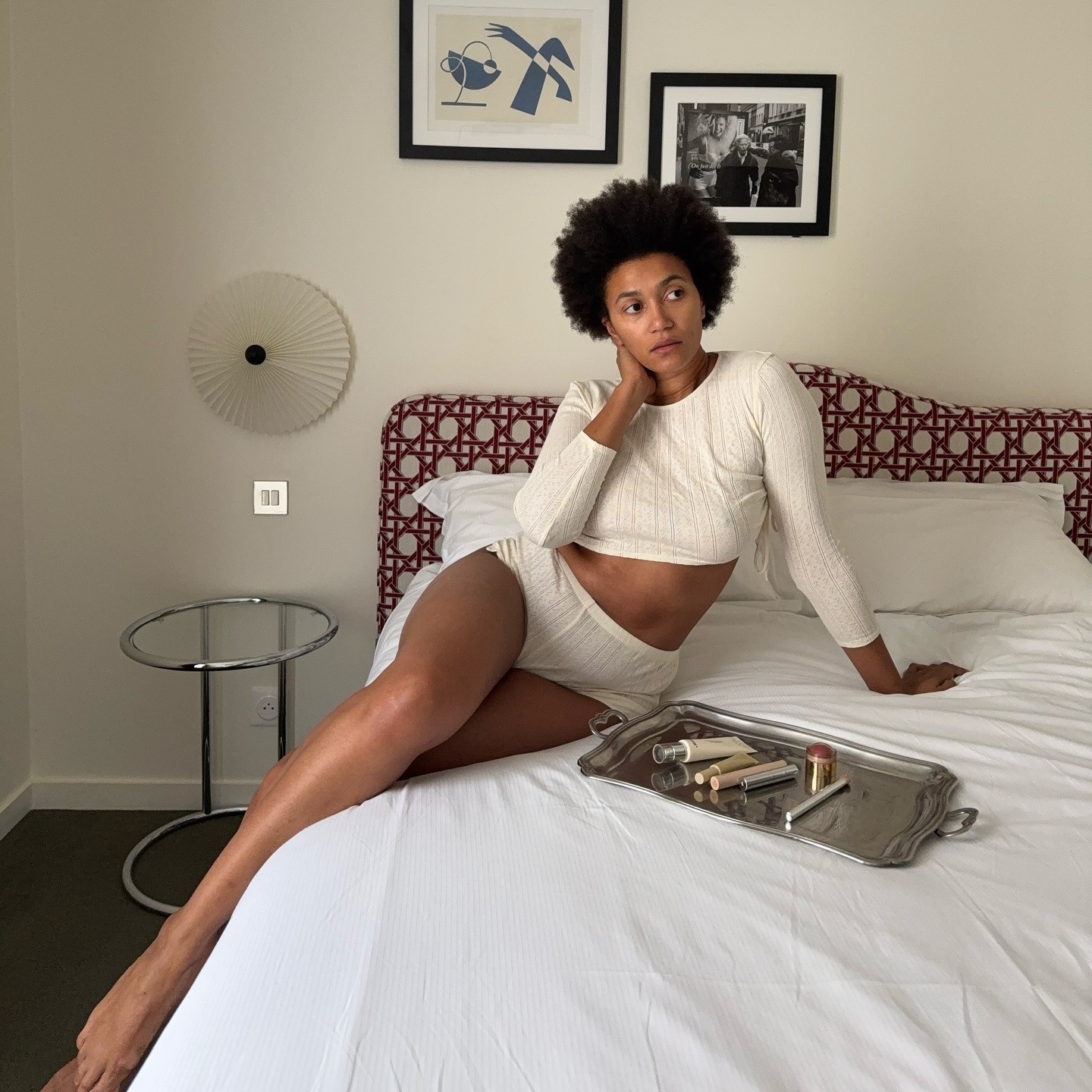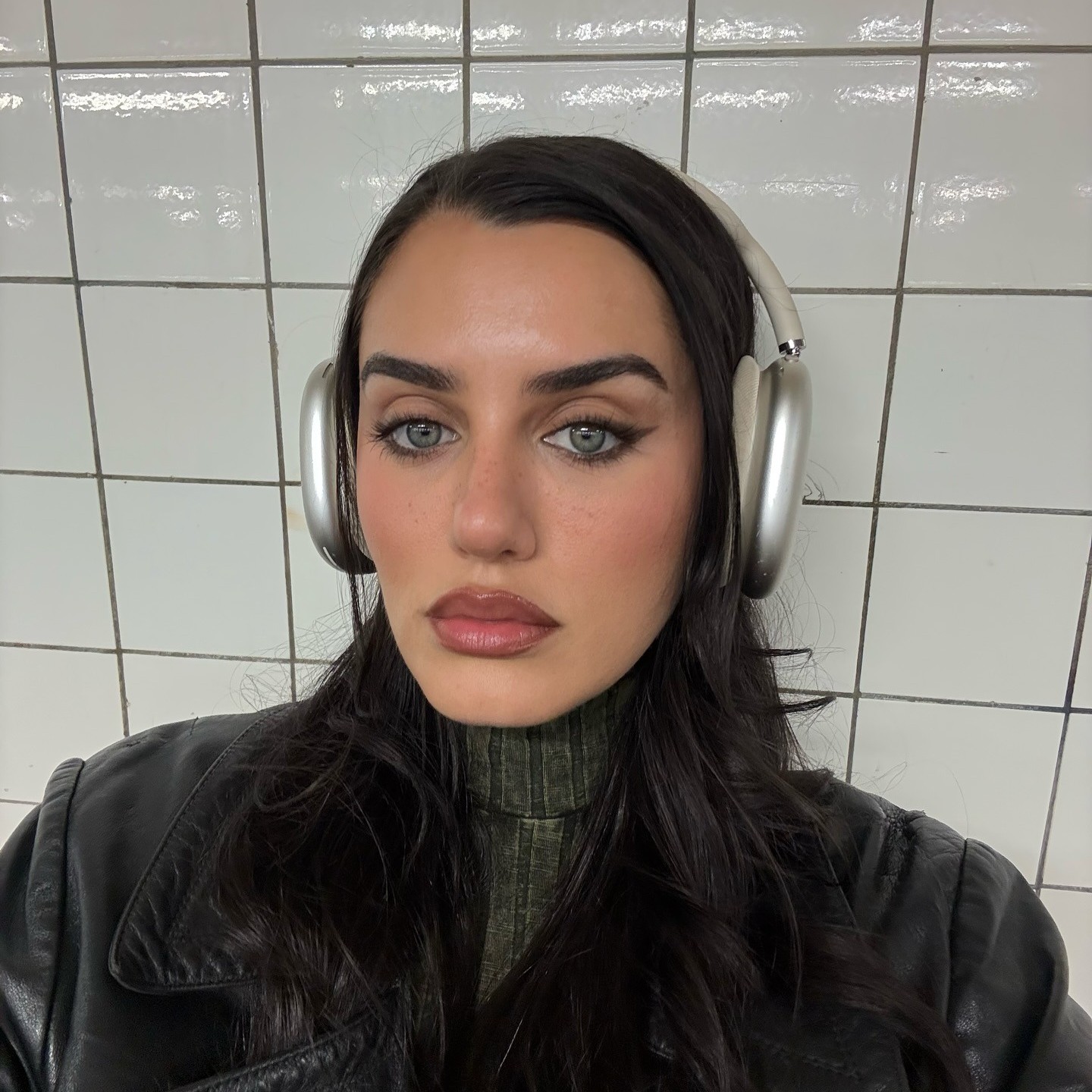Quiet Luxury, Who? 6 Maximalist Spring Trends You Need to See
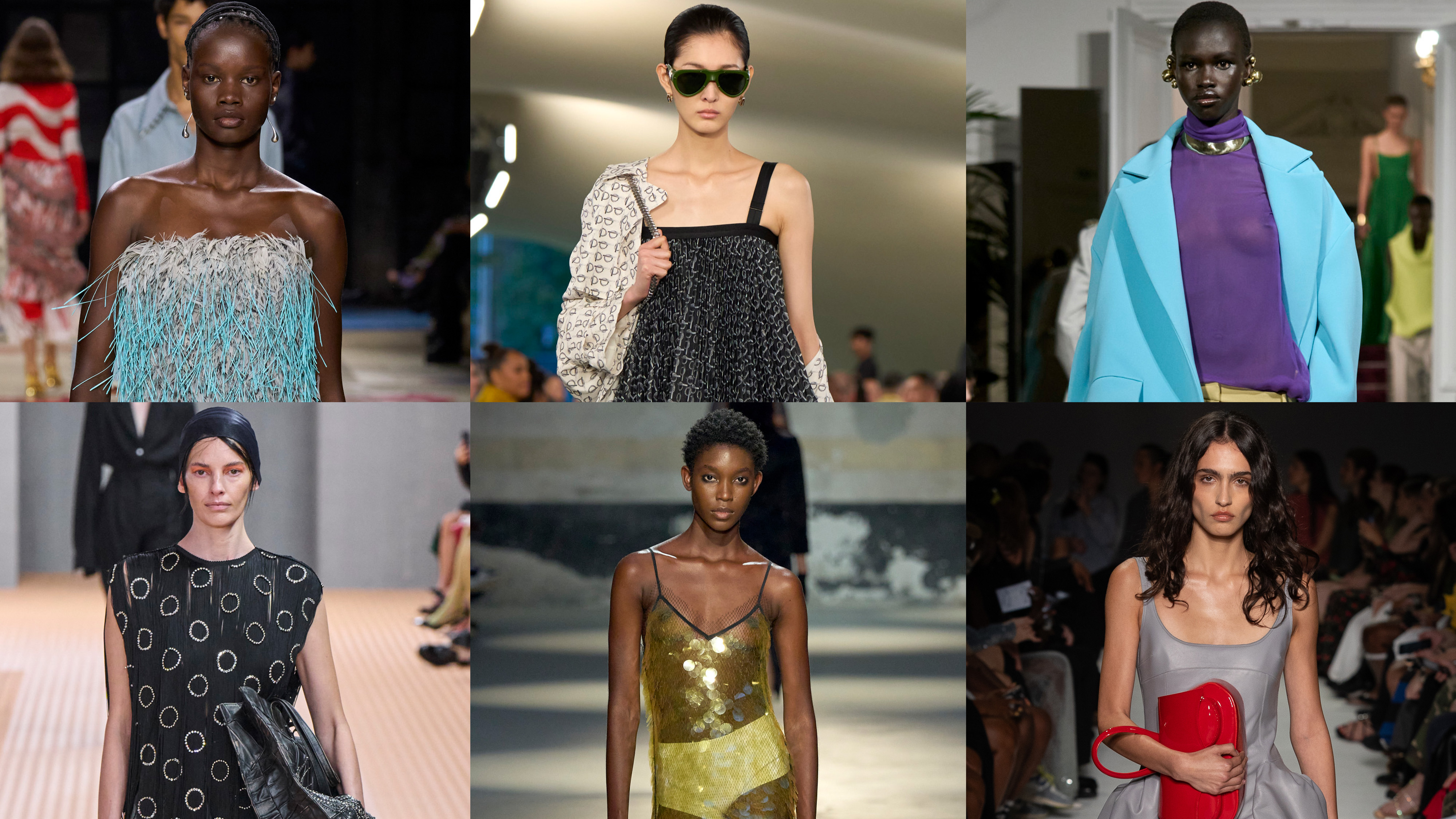
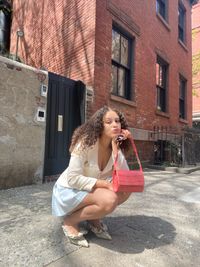
Lately, it seems impossible to scroll online without stumbling upon the terms "quiet luxury" and "old money," as the fashion aesthetic has taken over everywhere. I'm not sure about you, but I get tired of some trends really quickly, especially when they're inescapable on the internet. Don't get me wrong. I'm a stickler for good staples as much as the next person. But minimalism's overwhelming popularity feels almost antithetical to its very ethos—an idea that's all about embracing items that outlast the trend cycle. While minimalism may be having a moment, a wardrobe full of too many basics can feel, well, boring to me. After all, what makes fashion fun is finding that fine balance, baby!
One way you can break free from the grip of quiet luxury is by taking a few risks with your spring wardrobe. By no means do you have to become a devoted maximalist overnight. However, if you're in desperate need of a break, opting for a few bolder spring trends is the right move for you. In an effort to give you that much-needed respite, I spent hours combing through the spring/summer 2024 runway collections to identify the six best maximalist trends. Whether you need to spice up your staples or are an anti-minimalist to your core, there's something ahead for everyone.
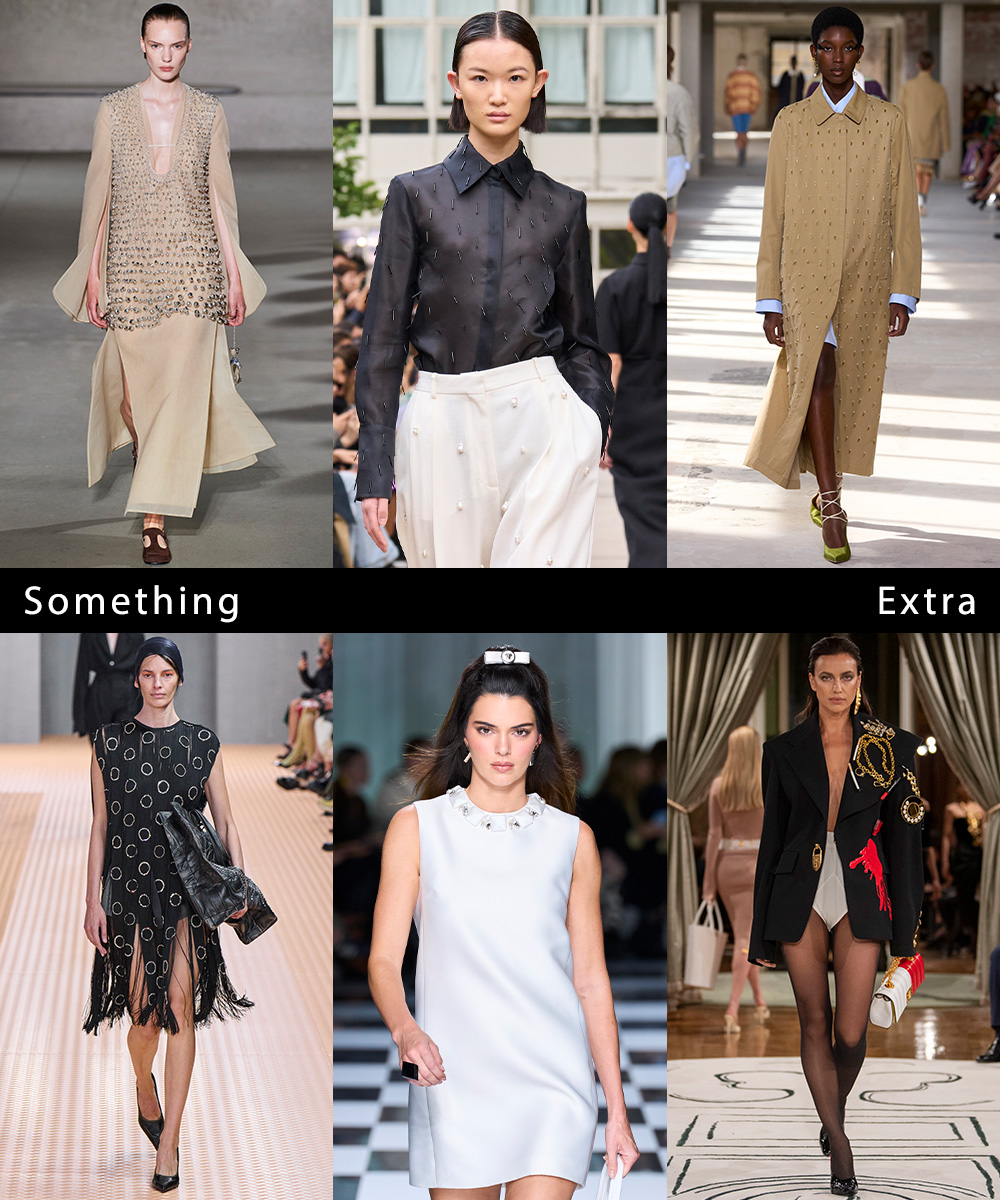
One of the guiding principles of maximalism is the notion that "more is more"—e.g., embracing the maximum number of prints, textures, and colors. If you've never abided by this principle, then it's likely that you're unsure of where to start when it comes to wearing the aesthetic. Enter embellished clothing into the chat. Across the new-season collections, we saw designers use trimmings to give everyday silhouettes a little something extra. For example, classic separates such as tailored blazers and trench coats were covered with chain hardware, tiny sequins, and pearls at Schiaparelli's and Dries Van Noten's shows. Similarly, at Calcaterra, a sheer black button-down and white trousers looked normal from afar, but one could see embellishments all over the pieces up close. And then there were Prada's, Versace's, and Tory Burch's collections, which adapted classic dress silhouettes by covering them in beads and chain netting. Although each look featured different embellishments, the through line seemed to be the designers' dedication to making maximalism meld effortlessly into anyone's wardrobe.
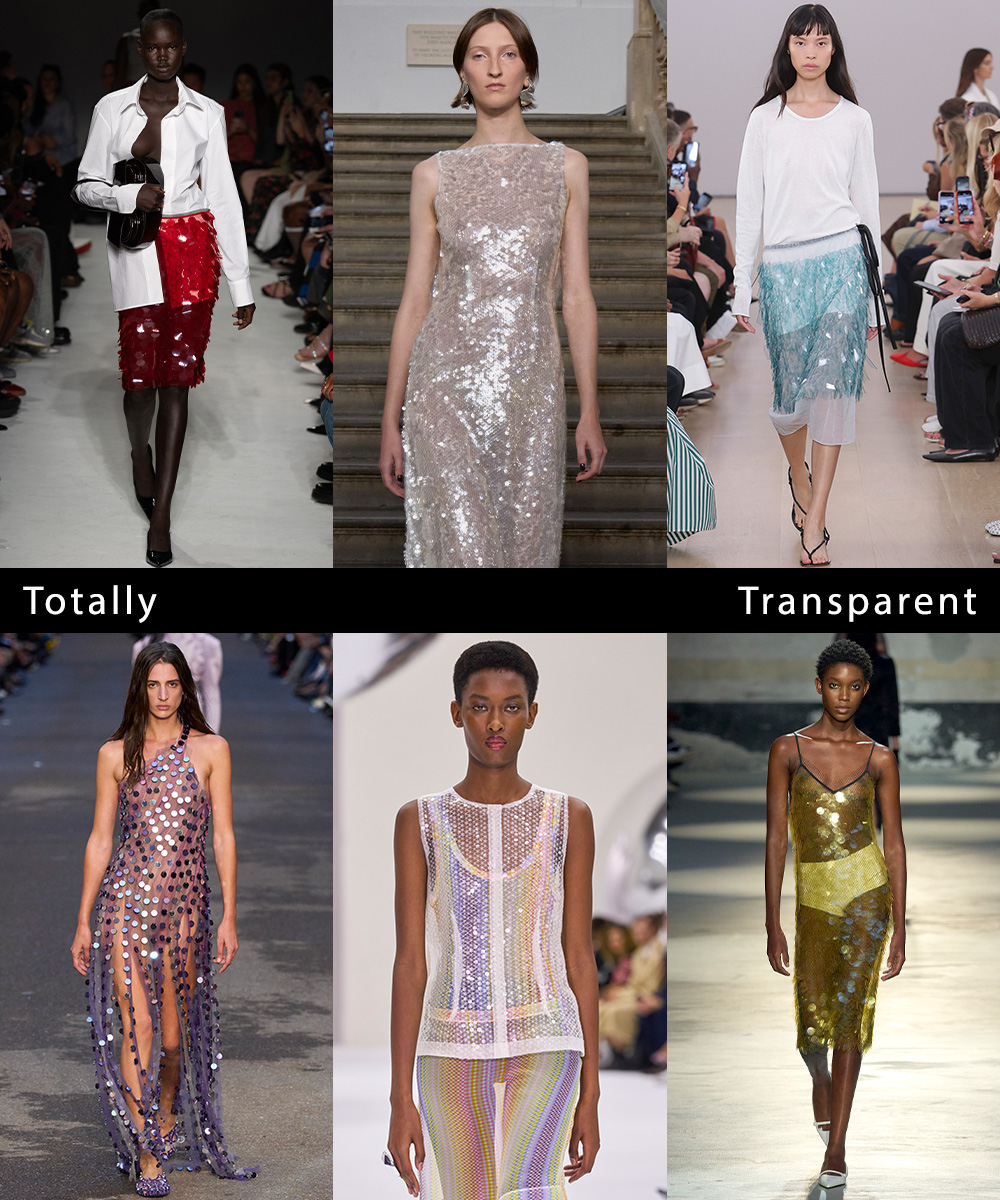
Another trend was impossible to ignore, so I had to give it a name. Let me introduce you to what I'm referring to as "totally transparent"—aka sheer sequins. An amalgamation of previous popular trends, we saw sheer textiles given a more maximal spin with the addition of iridescent sequins this season. While sequin and sheer clothing has been a mainstay in the going-out department, pairing these elements together gave them a new feel. On top of that, designers expanded the concept of sheer sequins outside of the eveningwear category by using them to recreate staples. For example, at Proenza Schouler and 16Arlington, the simple midi skirt was given a shiny upgrade when covered in colorful iridescent sequins. Similarly, Emilia Wickstead, The Attico, and N°21 made classic dress shapes feel cooler because they were all opaque. I haven't even mentioned the sheer sequin tank at Missoni! Basically, they all prove that some of the most "impractical" trends can be pragmatic if you're willing to see them in a new light.
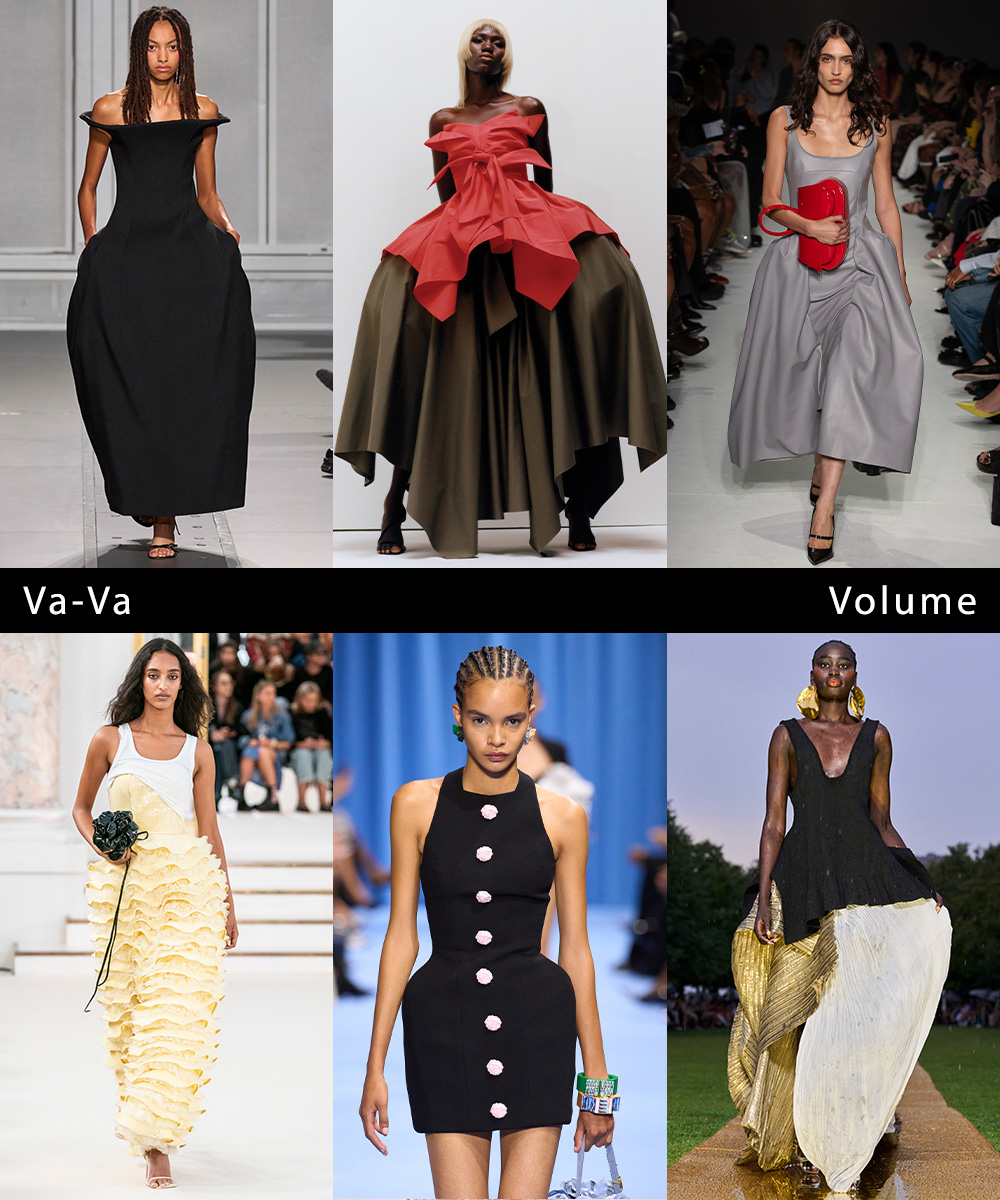
Consider this your permission slip to skip out on sparkly things if they don't speak to you. While many maximalism-leaning collections used textiles and trimmings to transfix audiences, it wasn't the only method on display this season. In various spring/summer 2024 runway shows, designers took the quintessential sundress and gave it a maximalist spin with voluminous silhouettes. There wasn't one type of dress per se. It was about using different tailoring techniques to create a shape that would make someone whisper, "Va-va-voom." For some designers, that meant adapting the classic A-line shape through puddle hems, box pleats, plissé material, and plenty of ruffles—refer to 16Arlington's, Prabal Gurung's, and Rotate's spring shows. In contrast, others chose to take the hourglass shape more literally by creating rigid dresses with waistlines that darted out dramatically, including Coperni, Balmain, and Christopher John Rodgers. The overall result was a series of dresses that not only took up space but also made space for a new crop of stylish people to embrace maximalism.
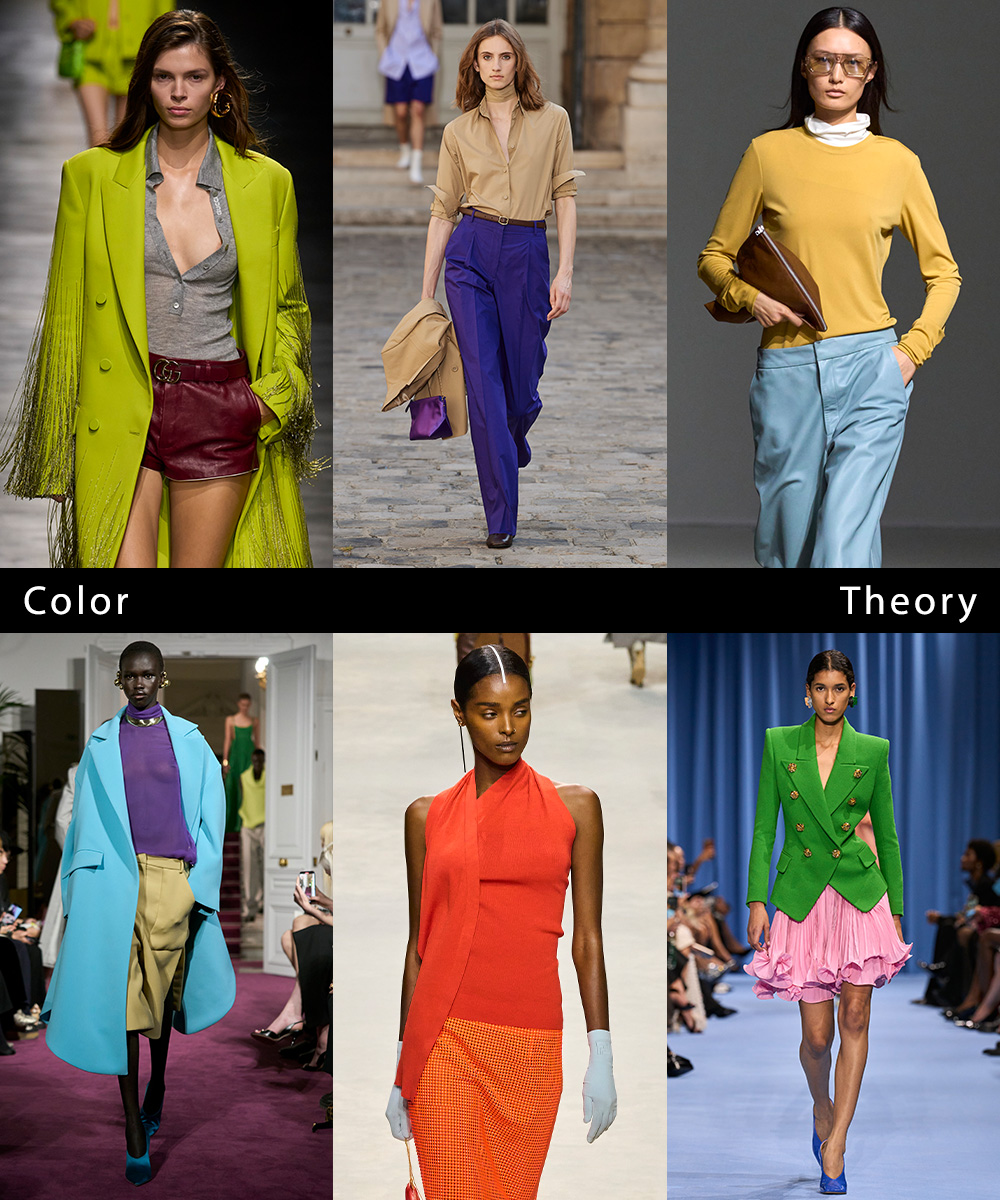
You can't really talk about maximalism without mentioning color! Unlike minimalism, this movement is about wearing every shade of the rainbow, so it's no surprise that I'd include them in this maximalist trend report. It's worth noting that designers this season weren't just sticking a few vibrant shades into their collections; they were using color theory. That's most adeptly reflected in Officine Générale's menswear presentation and Valentino's haute couture show. Pops of purple and cerulean were used to accentuate crisply tailored separates. At the same time, we saw other brands lean more heavily into color-blocking by pairing more than two contrasting colors together—see Fendi, Gucci, Balmain, and Gauchere—to create visual intrigue. No matter how designers chose to style colors this season, the takeaway is that they managed to embody the ethos of maximalism by embracing them to the max.
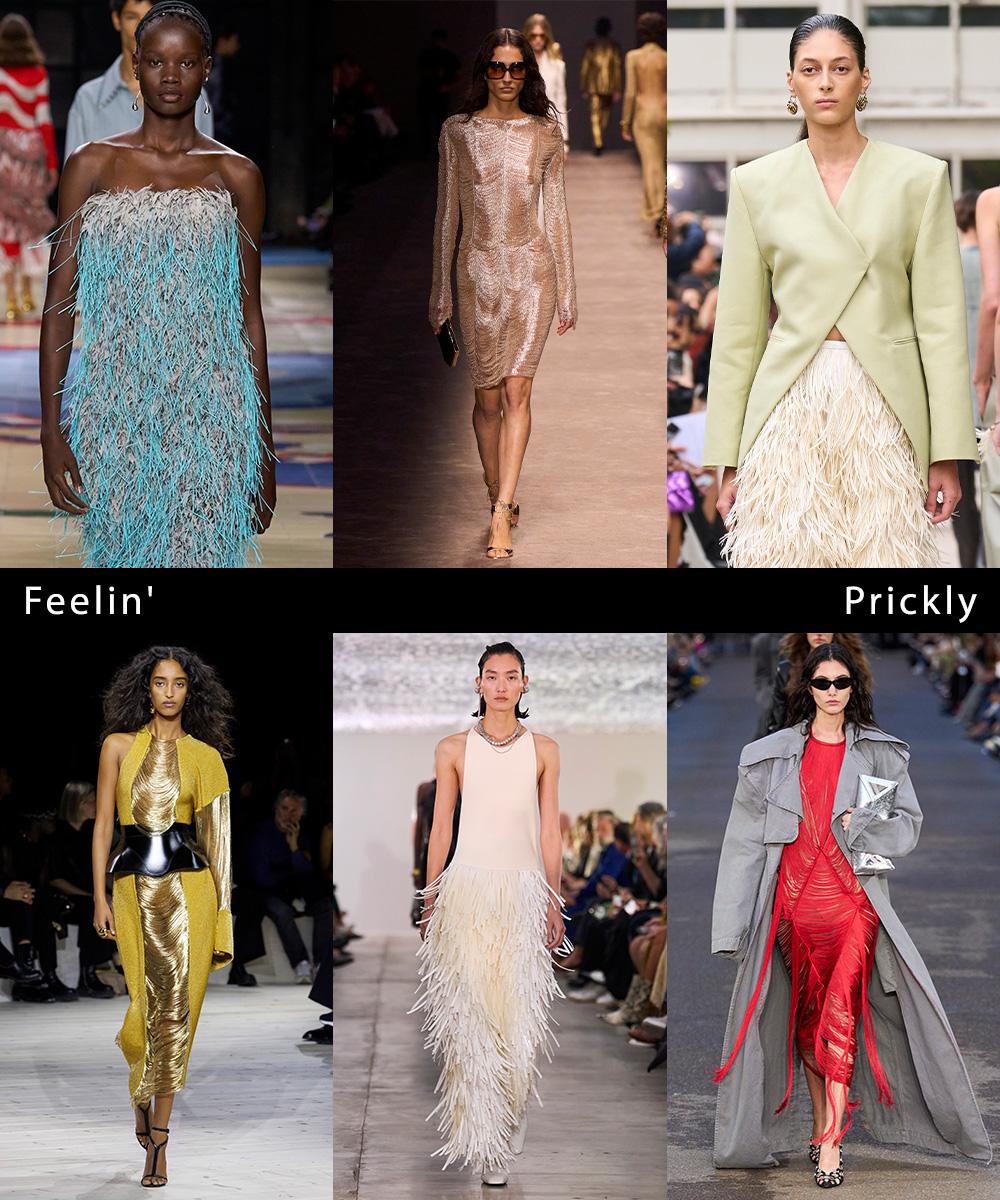
One of the most surprising ways I've seen designers interpret maximalism this season isn't through silhouettes or shades. It's by evoking the senses—most notably, touch. Although all textiles are influenced by texture in some way, none are as tactile as fringe. Yes, you read that correctly. While most might associate this trimming with festival fashion, it's become a pivotal part of high fashion for the past few seasons, especially as designers have found new ways to reinvent it by playing with form and fabrication. With the former, we saw that reflected in the spring shows of Alexander McQueen, The Attico, and Tom Ford. No longer a decoration relegated to the hemline, fringe was draped all over the body to highlight the female form, creating some of the chicest fringe in current history. But the creativity doesn't end there, as we also saw designers play with fabrics as a way to make fringe feel feistier—whether through creating fringe from leather, as seen at Bottega Veneta, or prickly-looking sequins at Calcaterra and Jil Sander. By getting a bit craftier, designers have created a spring trend that's begging to be touched.
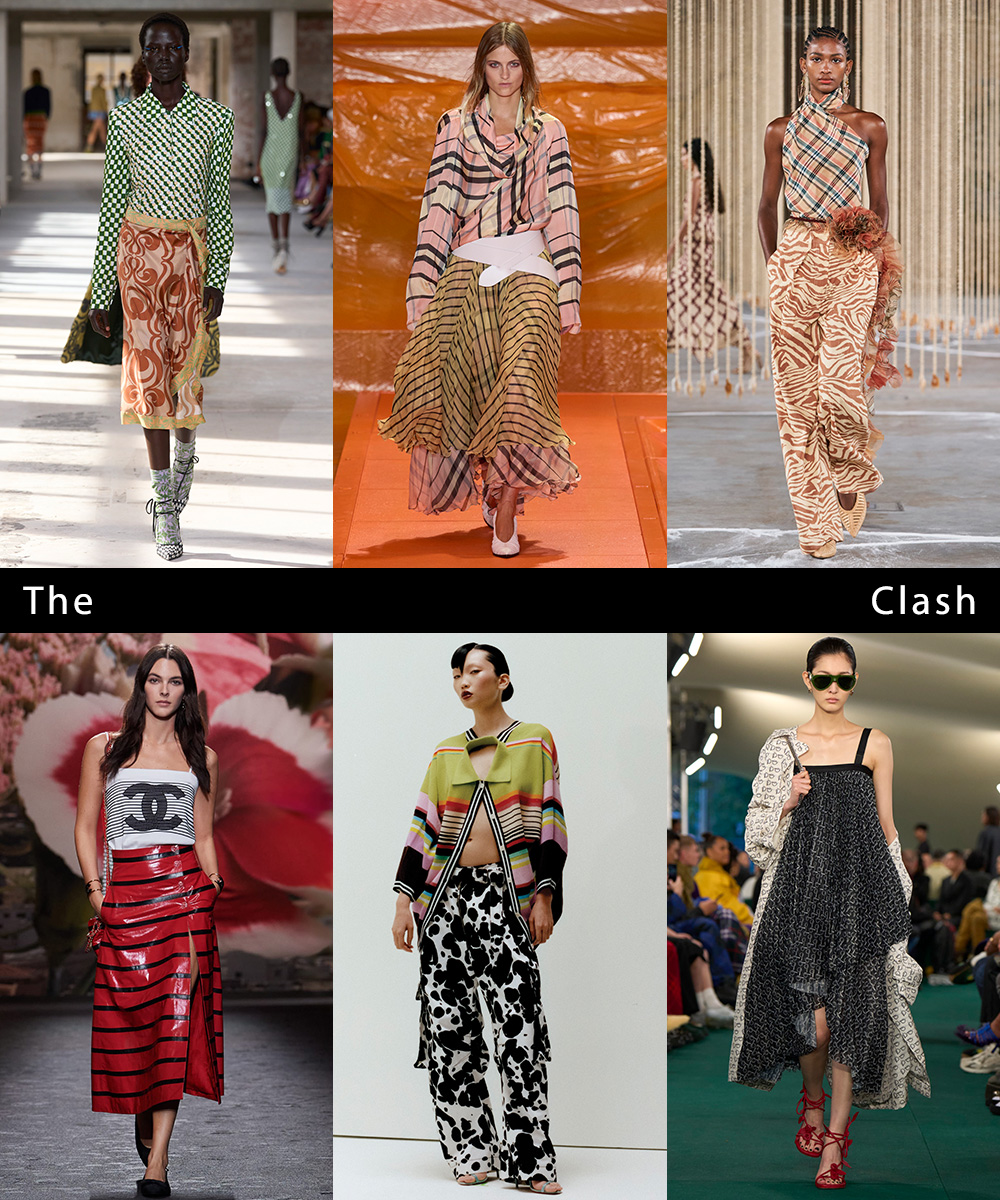
By now, I've hopefully made it abundantly clear that maximalism is all about doing the most. Nothing else fully encapsulates that energy like prints, so I'd be shucking my journalistic integrity if I didn't suggest at least one print trend to put on your radar for spring. Admittedly, choosing just one is quite the challenge, as I've seen no shortage of patterns pop up. Leopard, polka dot, floral… You name it. After all, why would you want to choose one pattern when you wear many? Luckily, the most pronounced print trend in the spring presentations was what I'm dubbing "the clash," mismatched printed clothing paired together. Although it might seem intimidating, there's no better time to take a risk, especially as so many prestigious fashion houses (such as Louis Vuitton, Chanel, Ulla Johnson, and Christopher John Rodgers) are embracing the trend. If you need guidance in pulling this off, I recommend adhering to a limited color palette (refer to Burberry's and Dries Van Noten's collections for inspiration), as that'll make the whole concept of mixing prints more approachable.
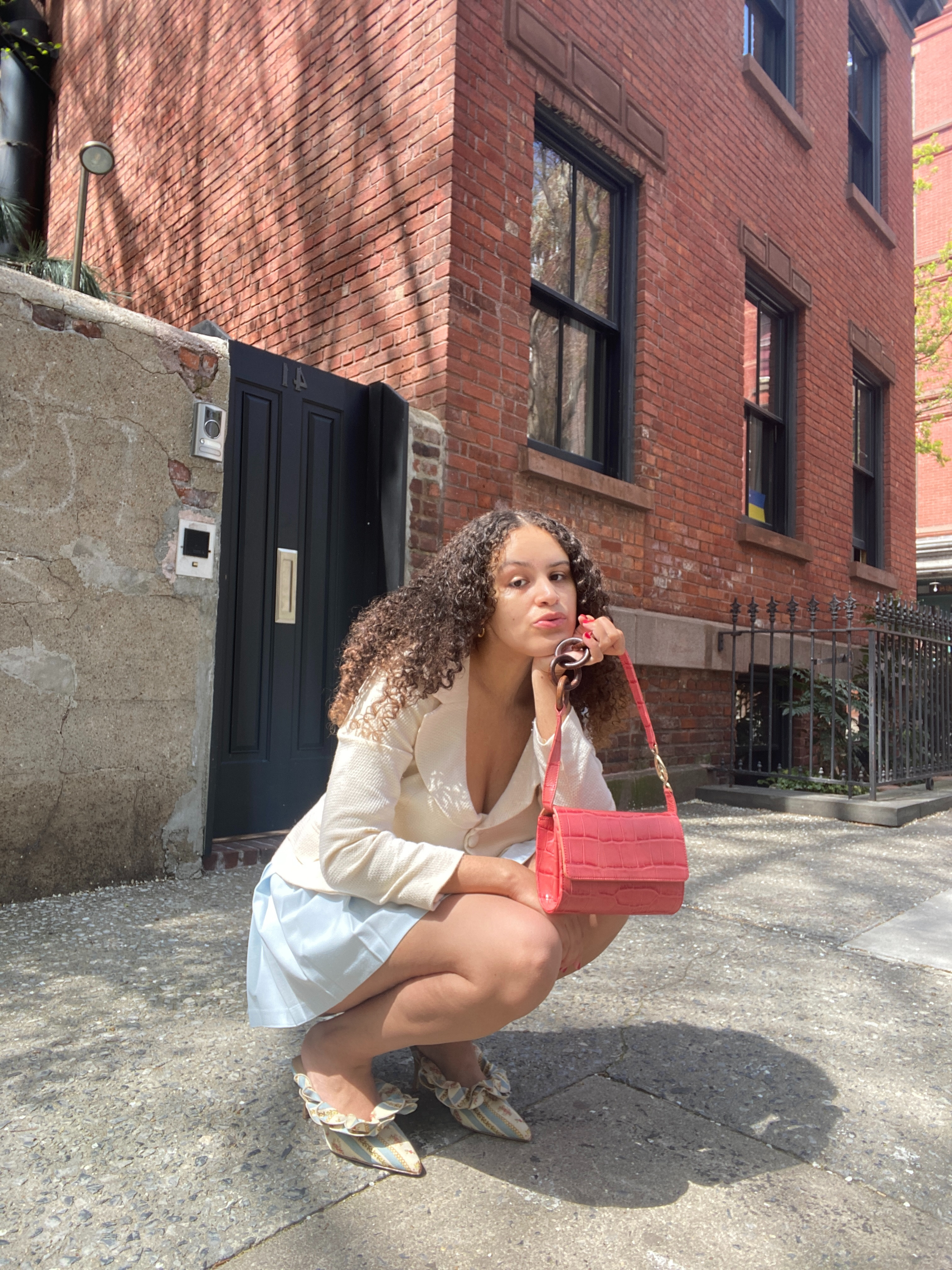
Jasmine Fox-Suliaman is a freelance writer and editor living in New York City. What began as a pastime (blogging on Tumblr) transformed into a lifelong passion for unveiling the connection between fashion and culture on the internet and in real life. Over the last decade, she's melded her extensive edit and social background to various on-staff positions at Who What Wear, MyDomaine, and Byrdie. More recently, she’s become a freelance contributor to other publications including Vogue, Editorialist, and The Cut. Off the clock, you can find her clutching her cell phone as she's constantly scrolling through TikTok and The RealReal, in search of the next cool thing.
-
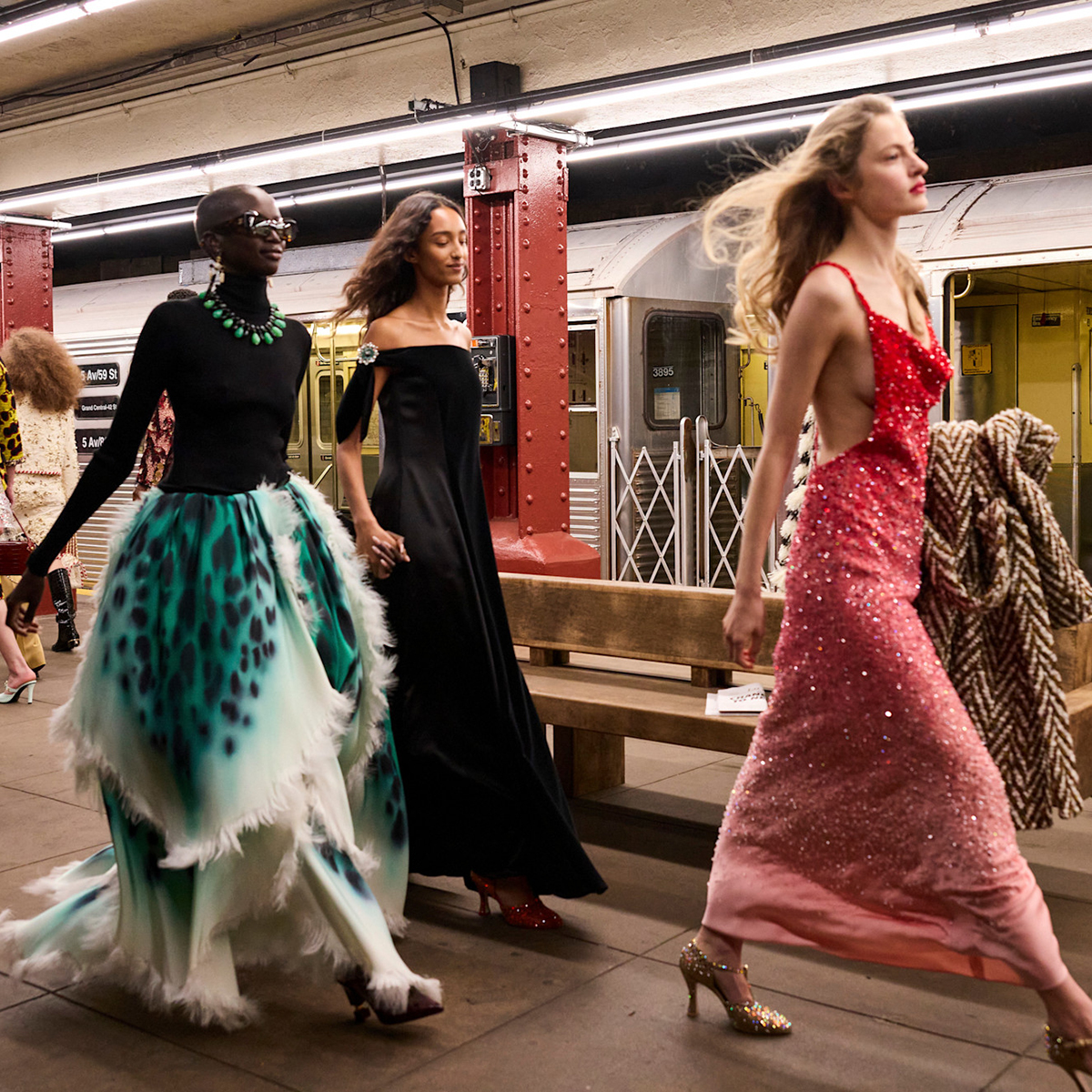 6 Trends All the Cool Girls Will Be Wearing in 2026 Were Just Revealed at the Chanel Métiers d'Art Show in NYC
6 Trends All the Cool Girls Will Be Wearing in 2026 Were Just Revealed at the Chanel Métiers d'Art Show in NYCLive from New York, it's Matthieu Blazy's Chanel.
-
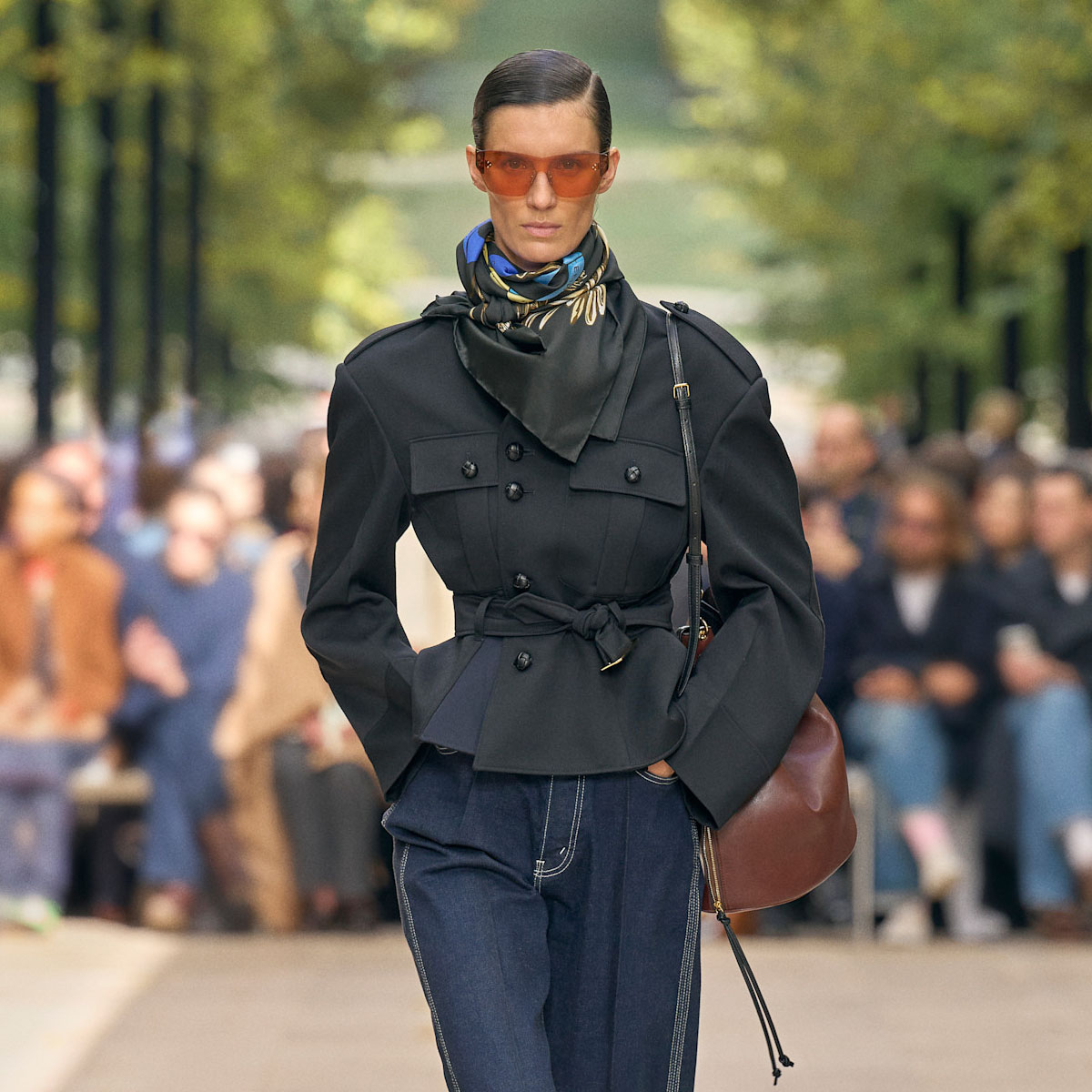 8 Key Spring 2026 Trends You Can Start Wearing Now
8 Key Spring 2026 Trends You Can Start Wearing NowShop them here.
-
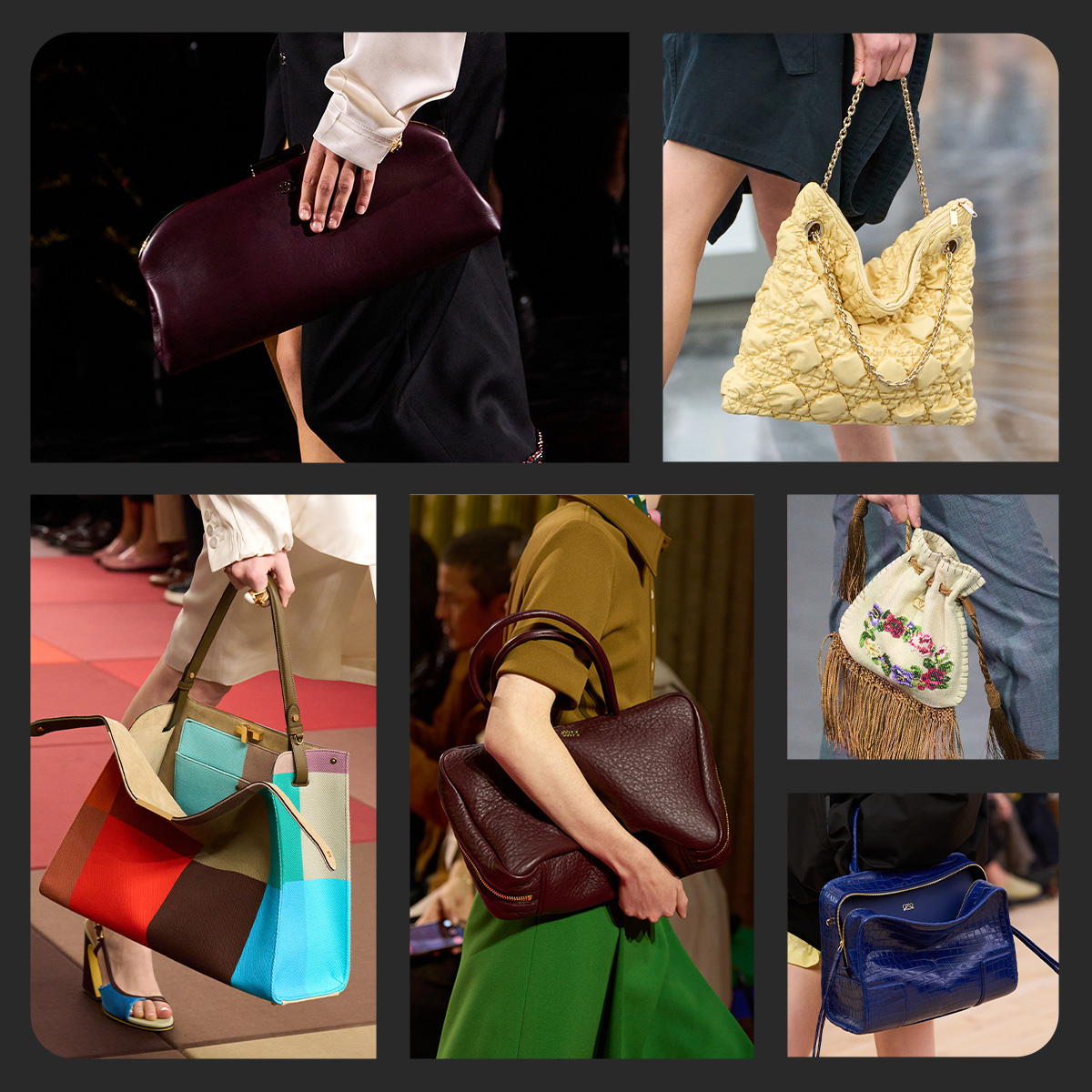 Every Major Handbag Trend Fashion People Will Be Wearing Come Spring 2026
Every Major Handbag Trend Fashion People Will Be Wearing Come Spring 2026From slightly askew purses to single-strap silhouettes.
-
 This Dated '90s Print Is Suddenly Everywhere—Here's How to Wear It This Fall
This Dated '90s Print Is Suddenly Everywhere—Here's How to Wear It This FallThe classic diamond pattern is trending.
-
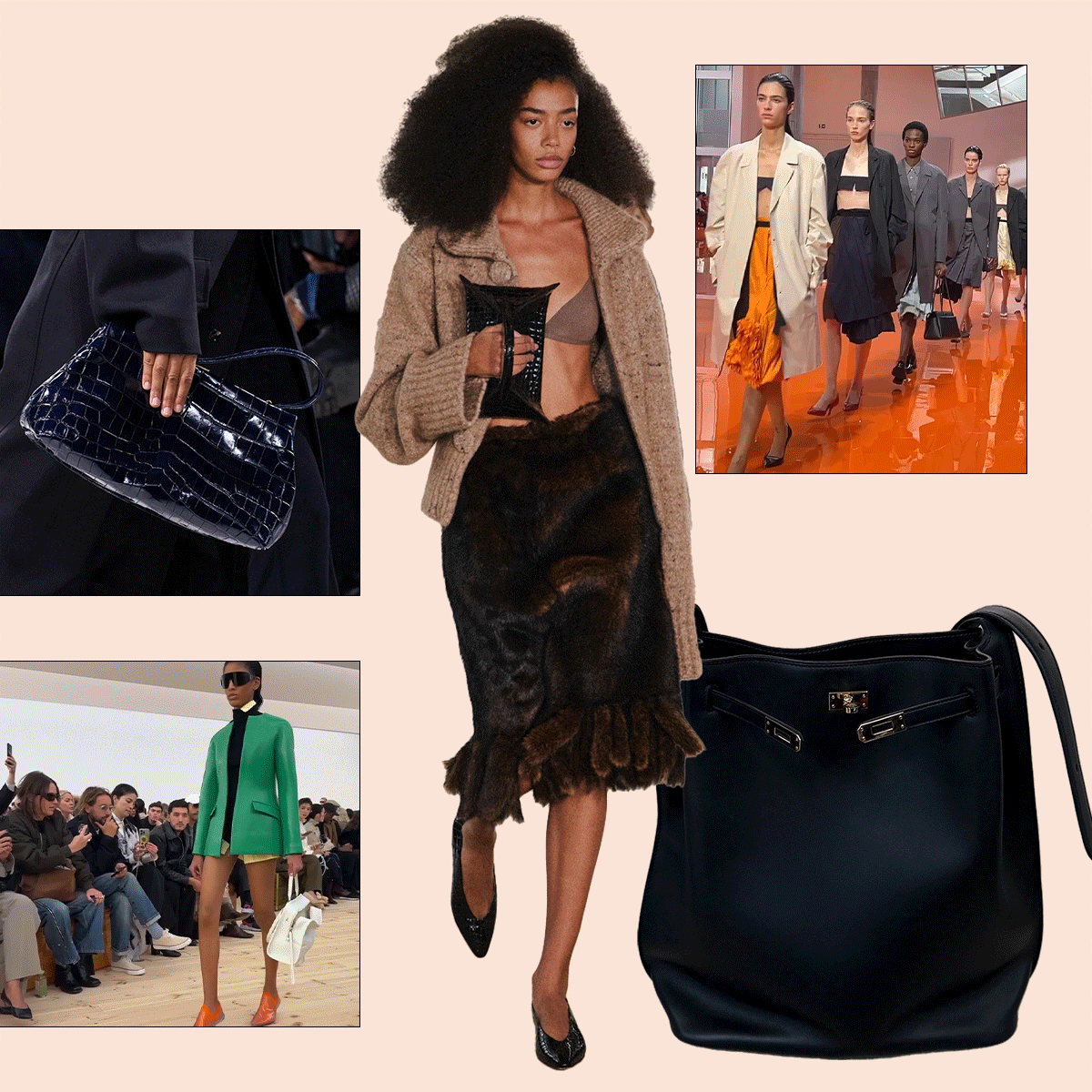 My Spring 2026 Wish List, From Chanel Mules to Prada Skirts
My Spring 2026 Wish List, From Chanel Mules to Prada SkirtsEverything worth saving up for, all in one place.
-
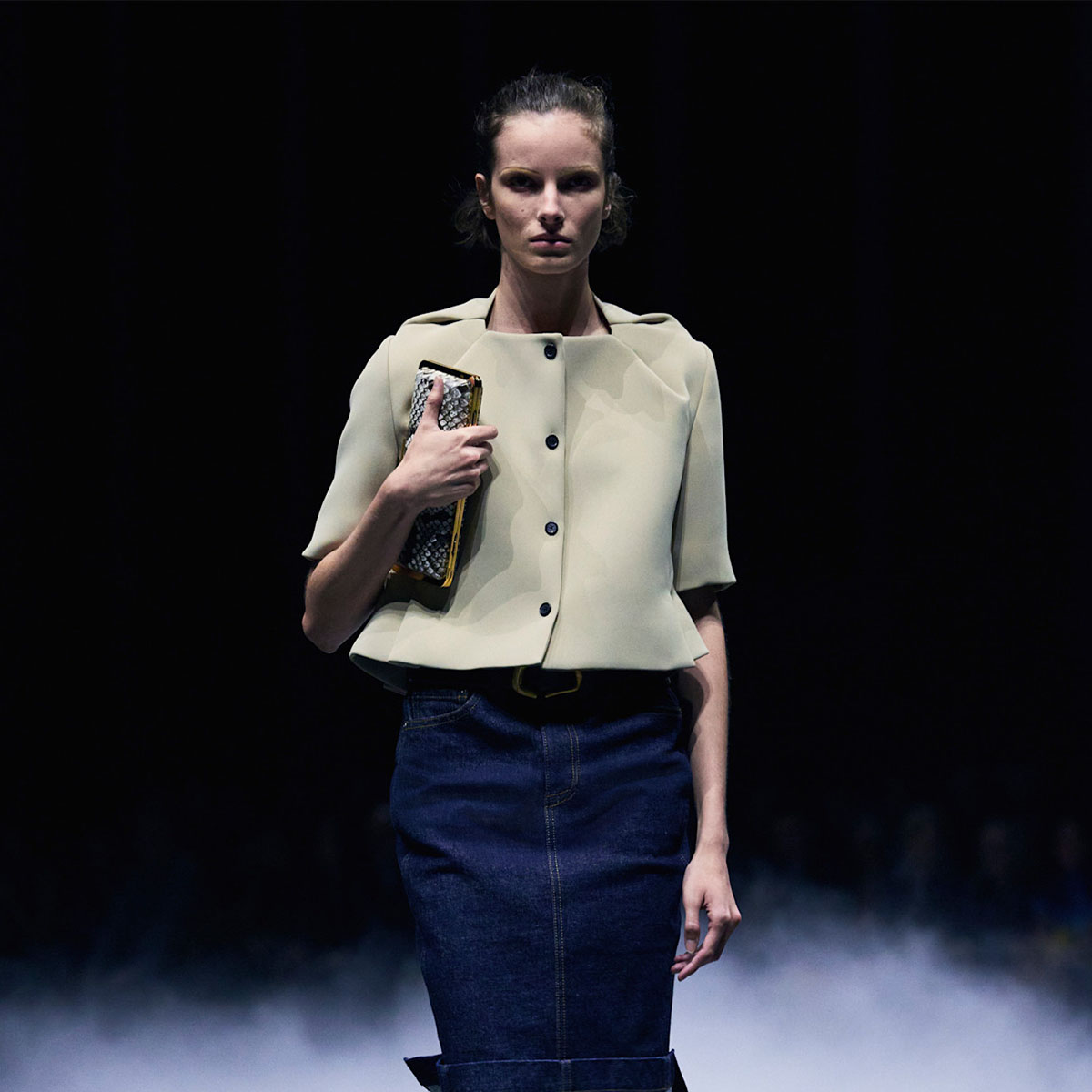 My Under-$400 Edit: Everything I'm Buying Now to Look On-Trend in 2026
My Under-$400 Edit: Everything I'm Buying Now to Look On-Trend in 2026Shop the edit.
-
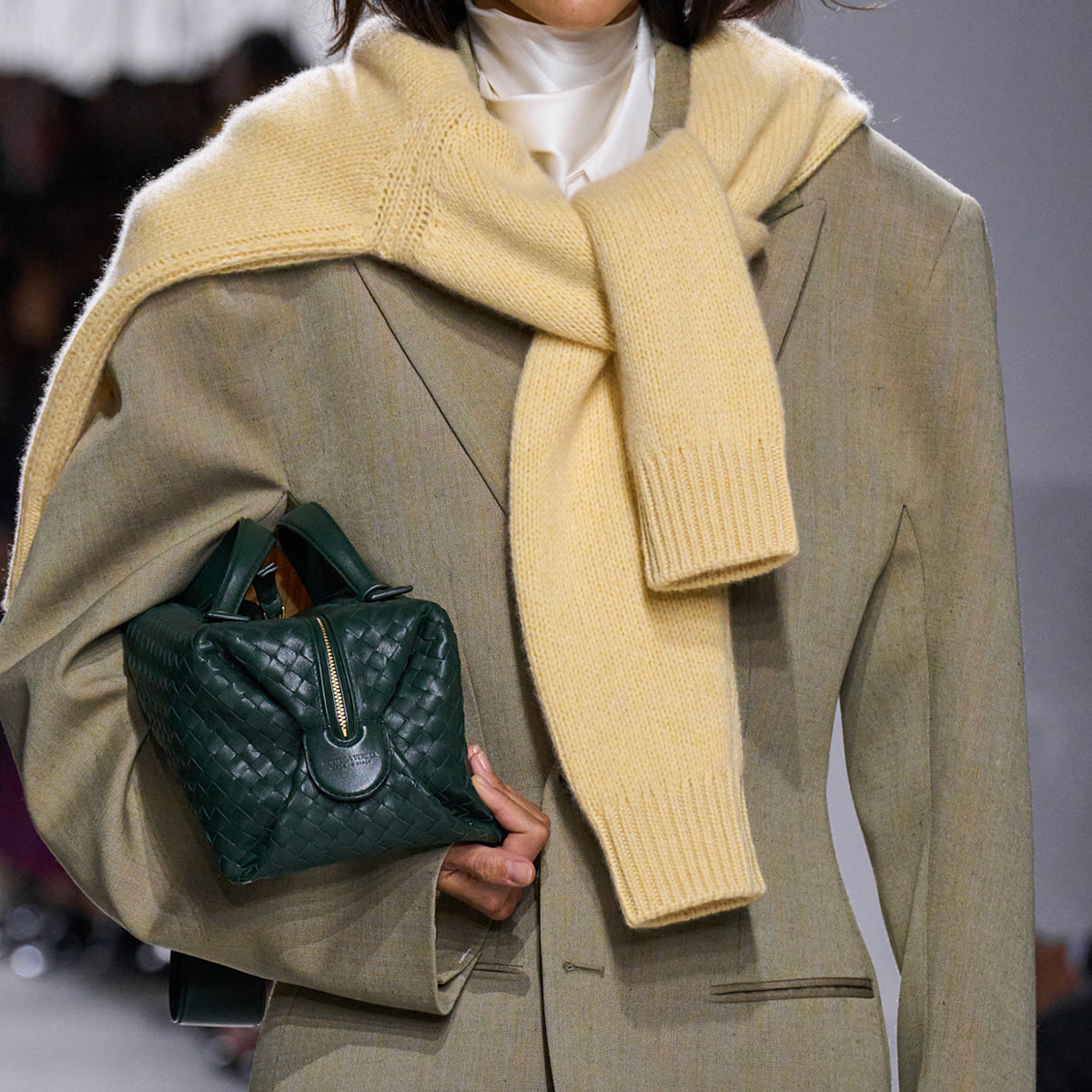 5 2026 Color Trends I'm Already Stealing From Louise Trotter's Bottega Veneta Debut
5 2026 Color Trends I'm Already Stealing From Louise Trotter's Bottega Veneta DebutButter yellow! Navy! Pops of green!
-
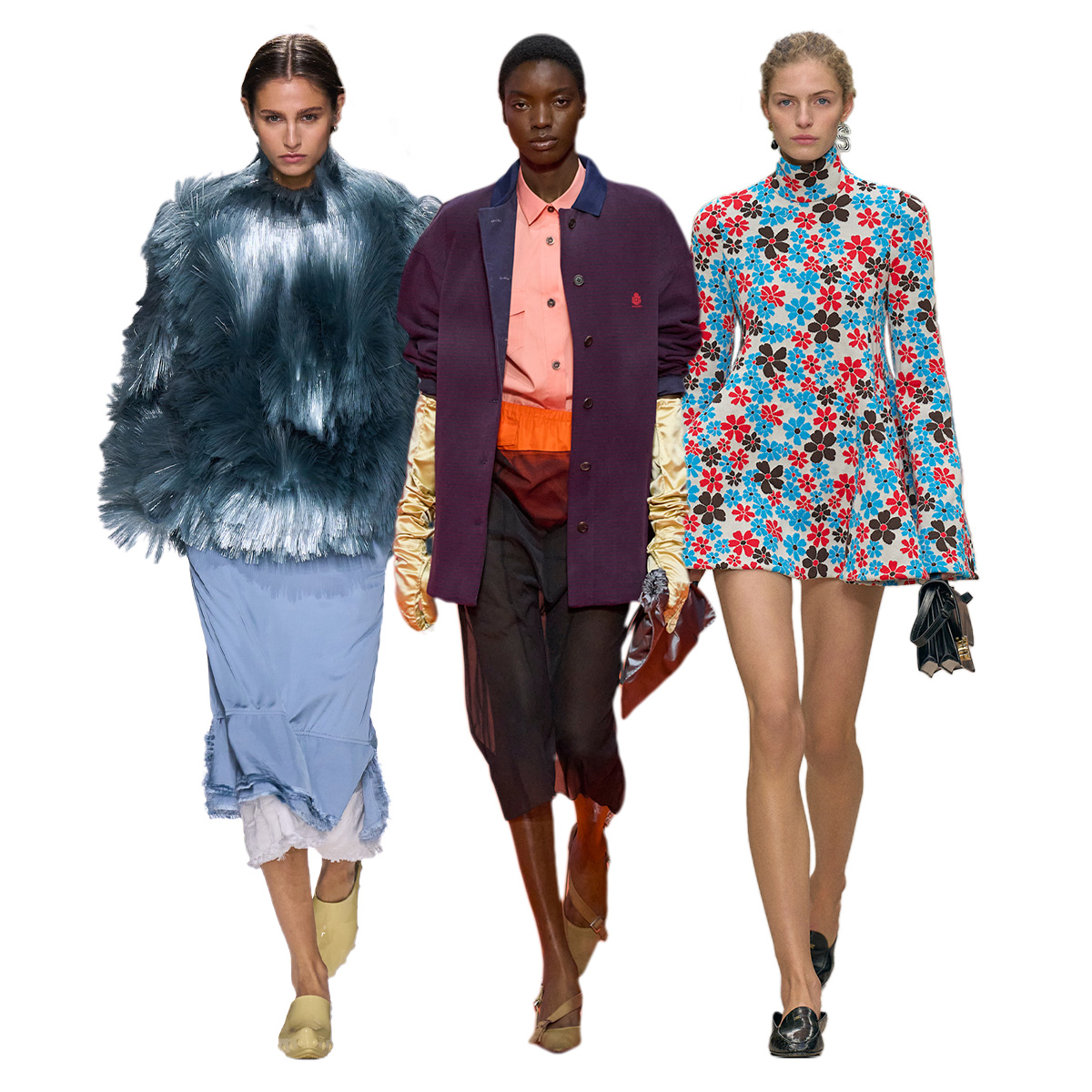 10 Trends Set to Define Spring 2026 Fashion
10 Trends Set to Define Spring 2026 FashionExplore our deep dive into the top trends from the runways.
